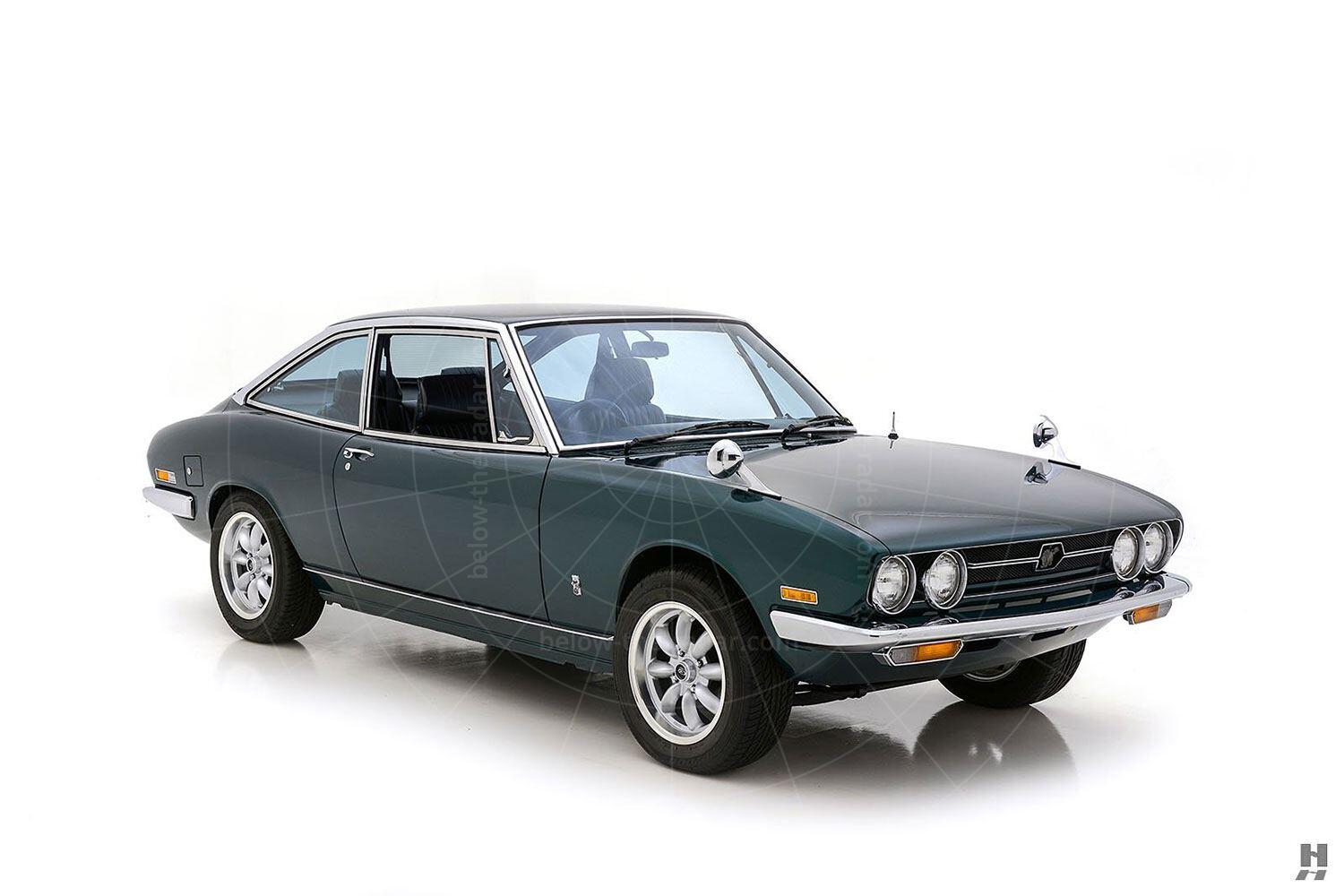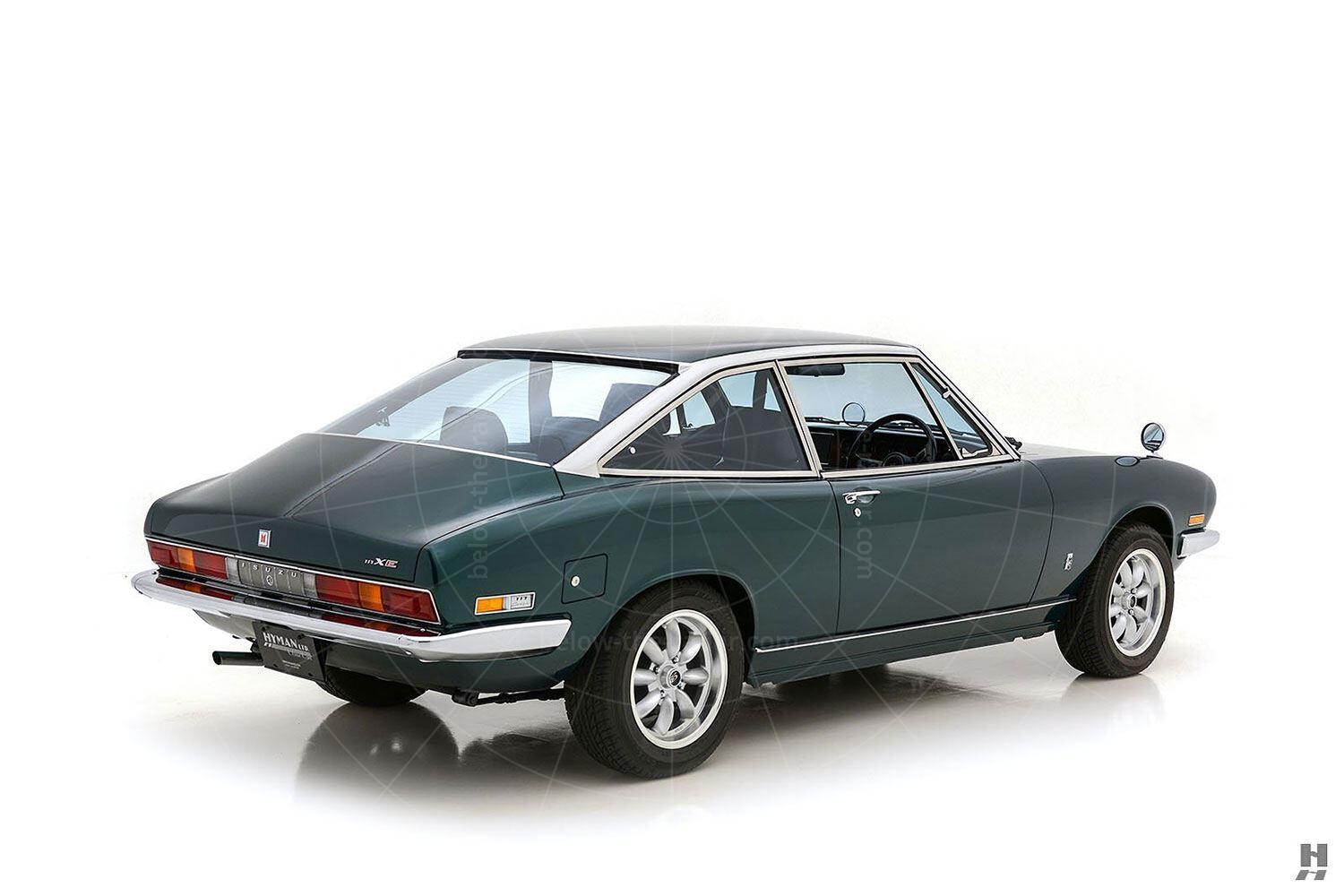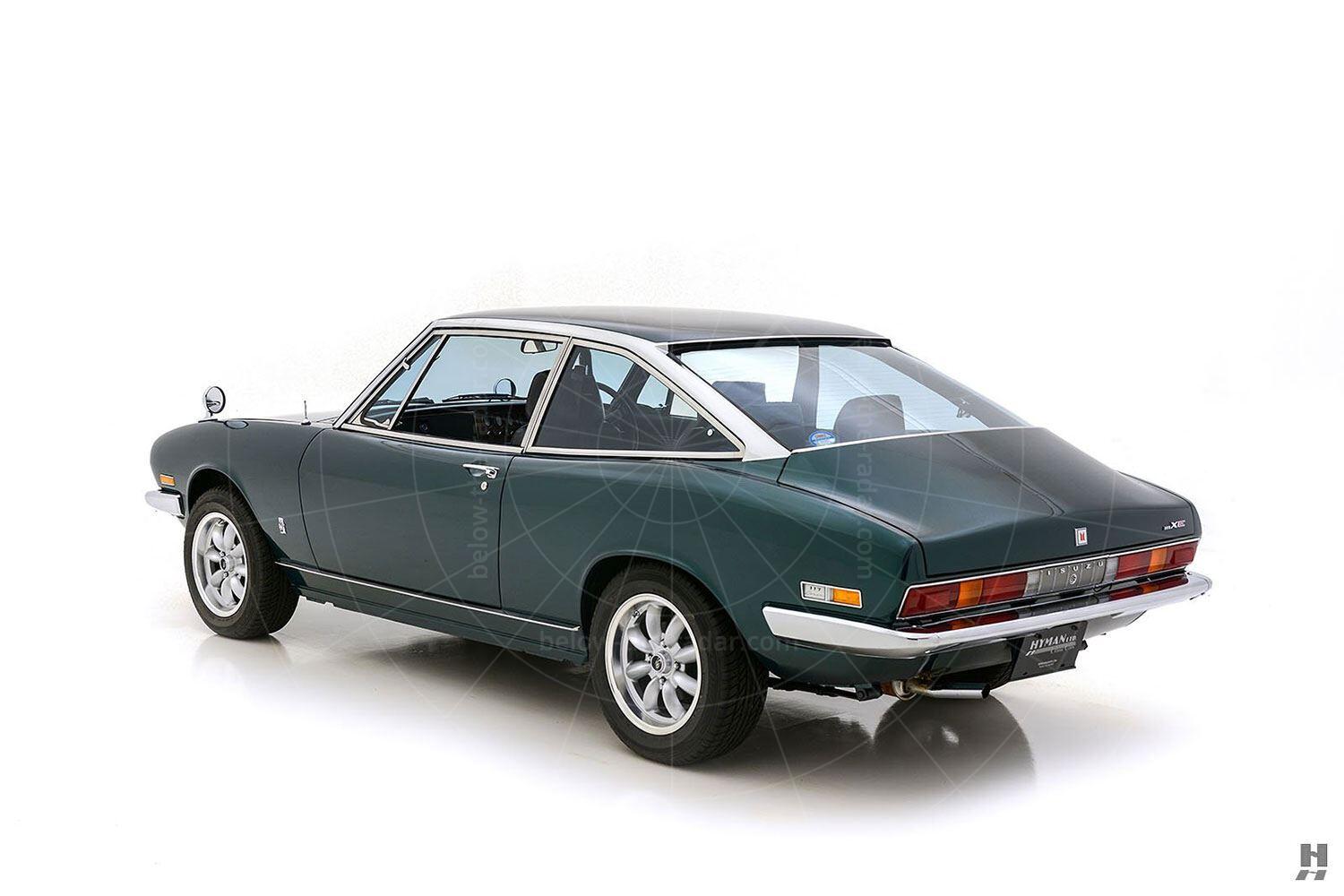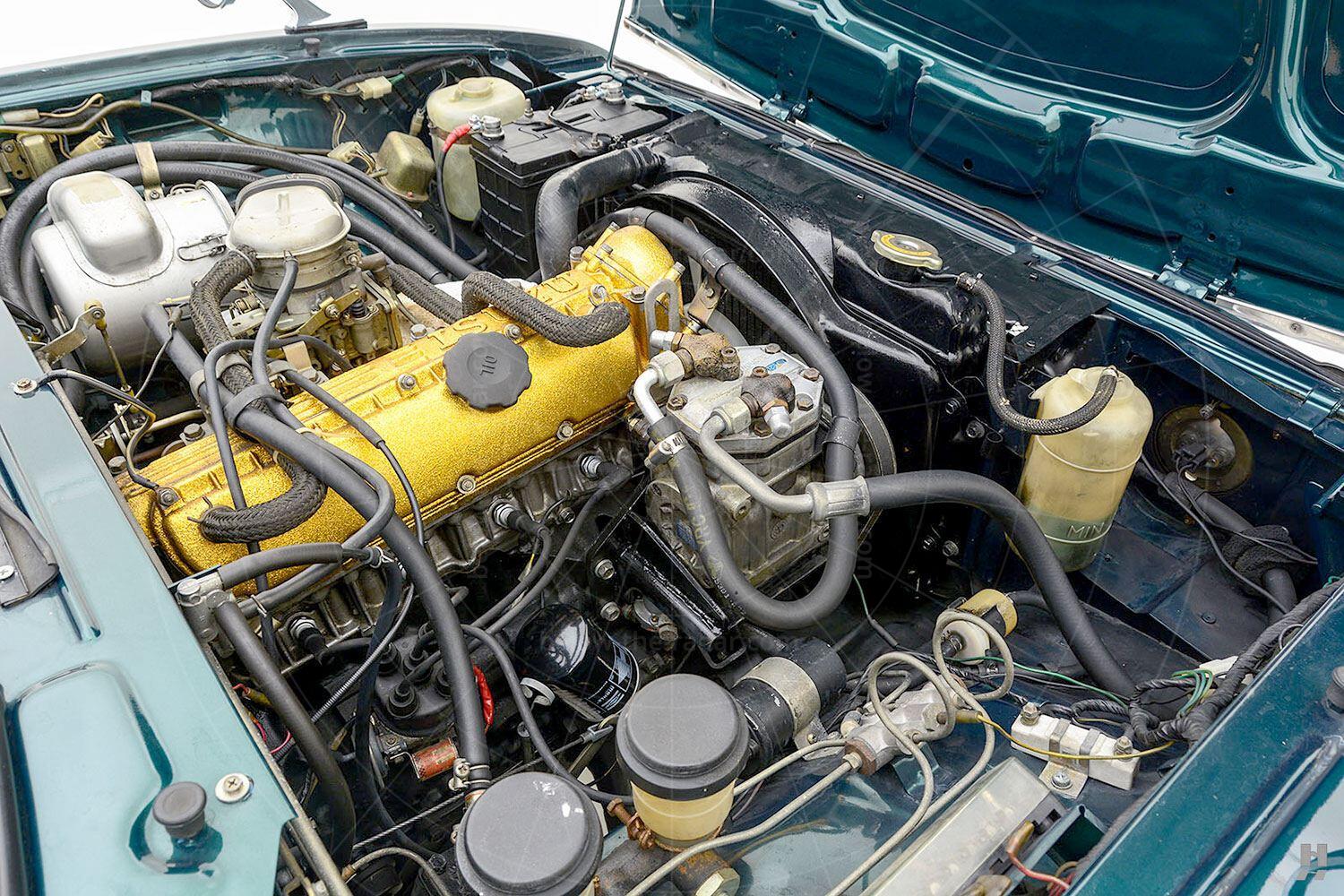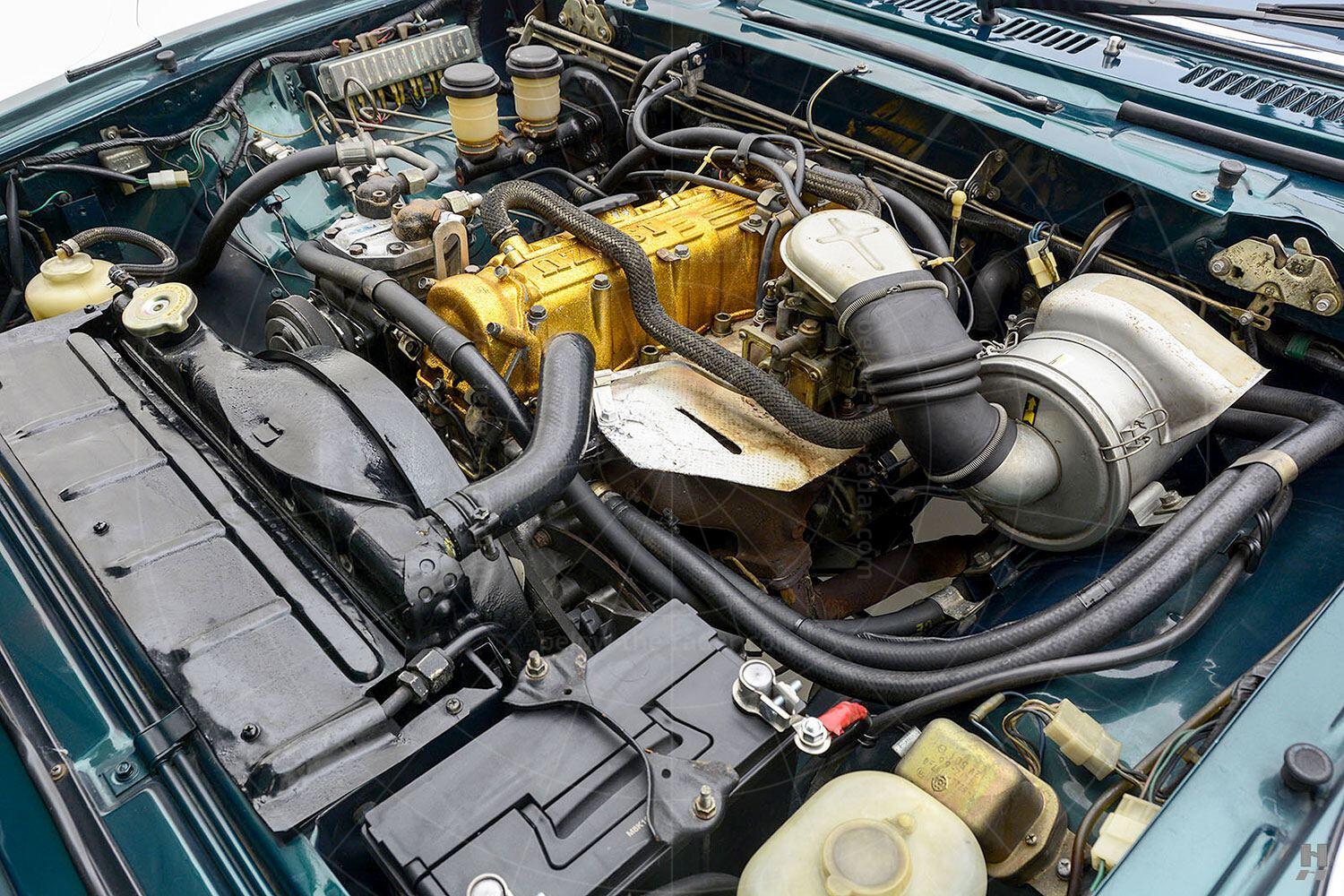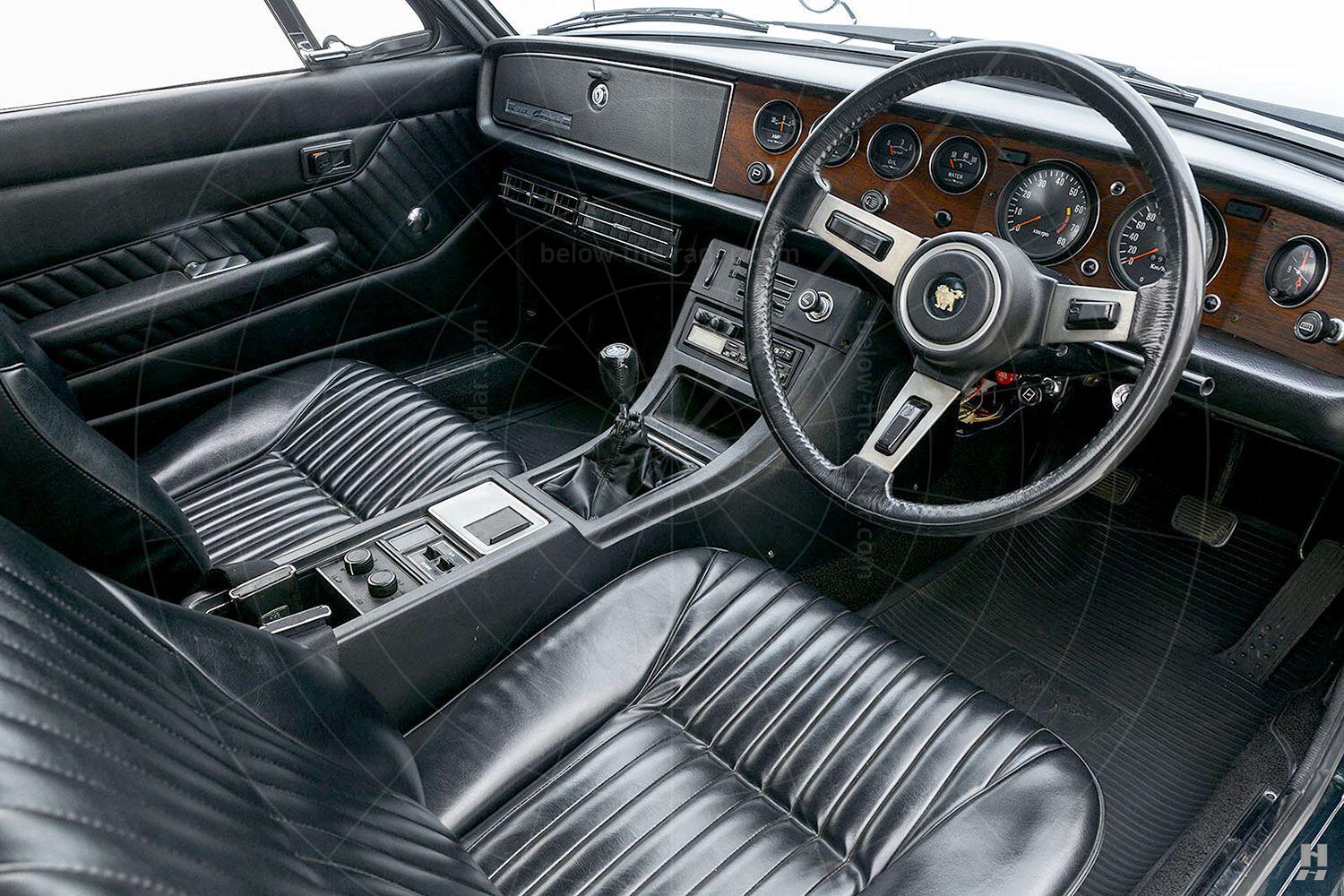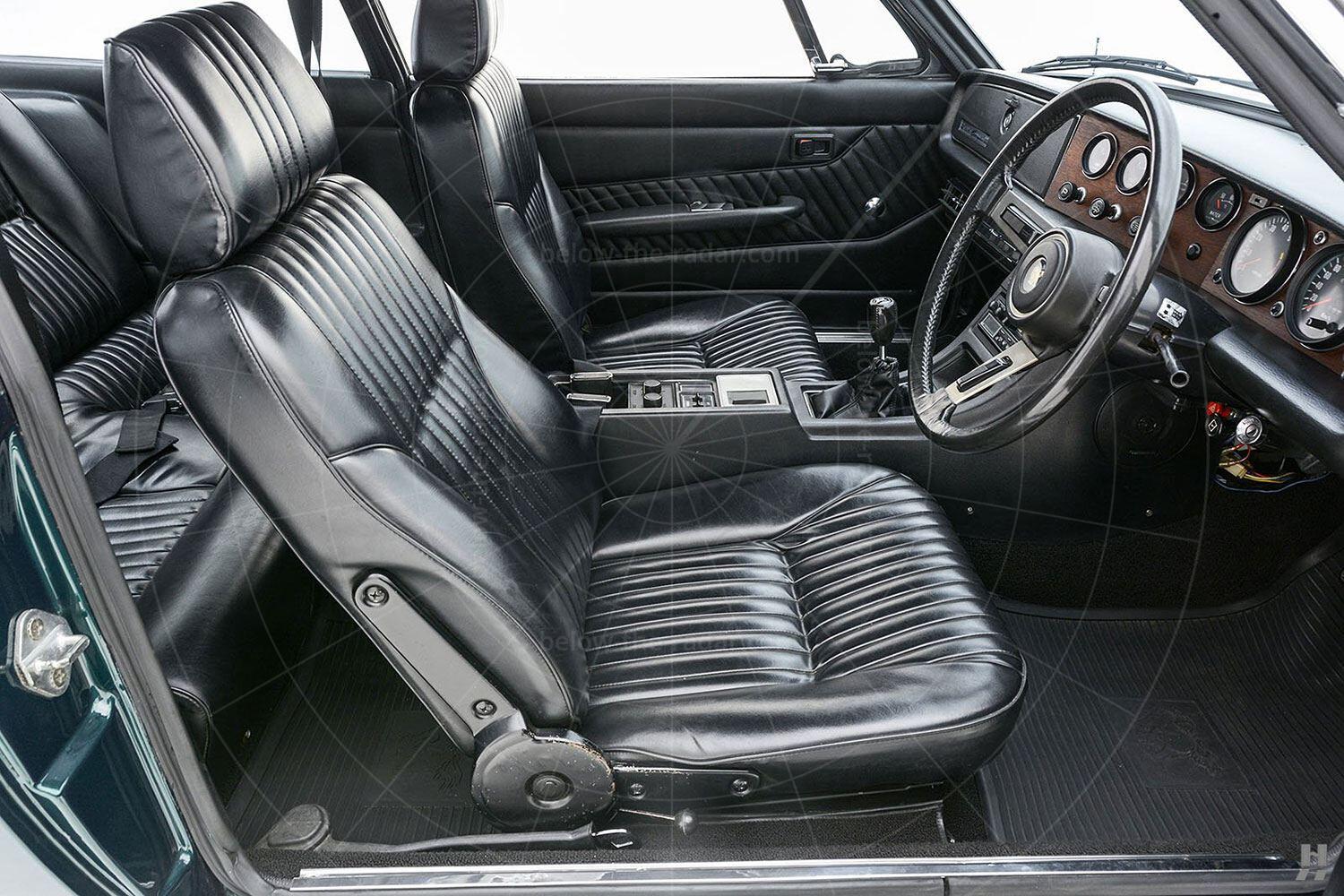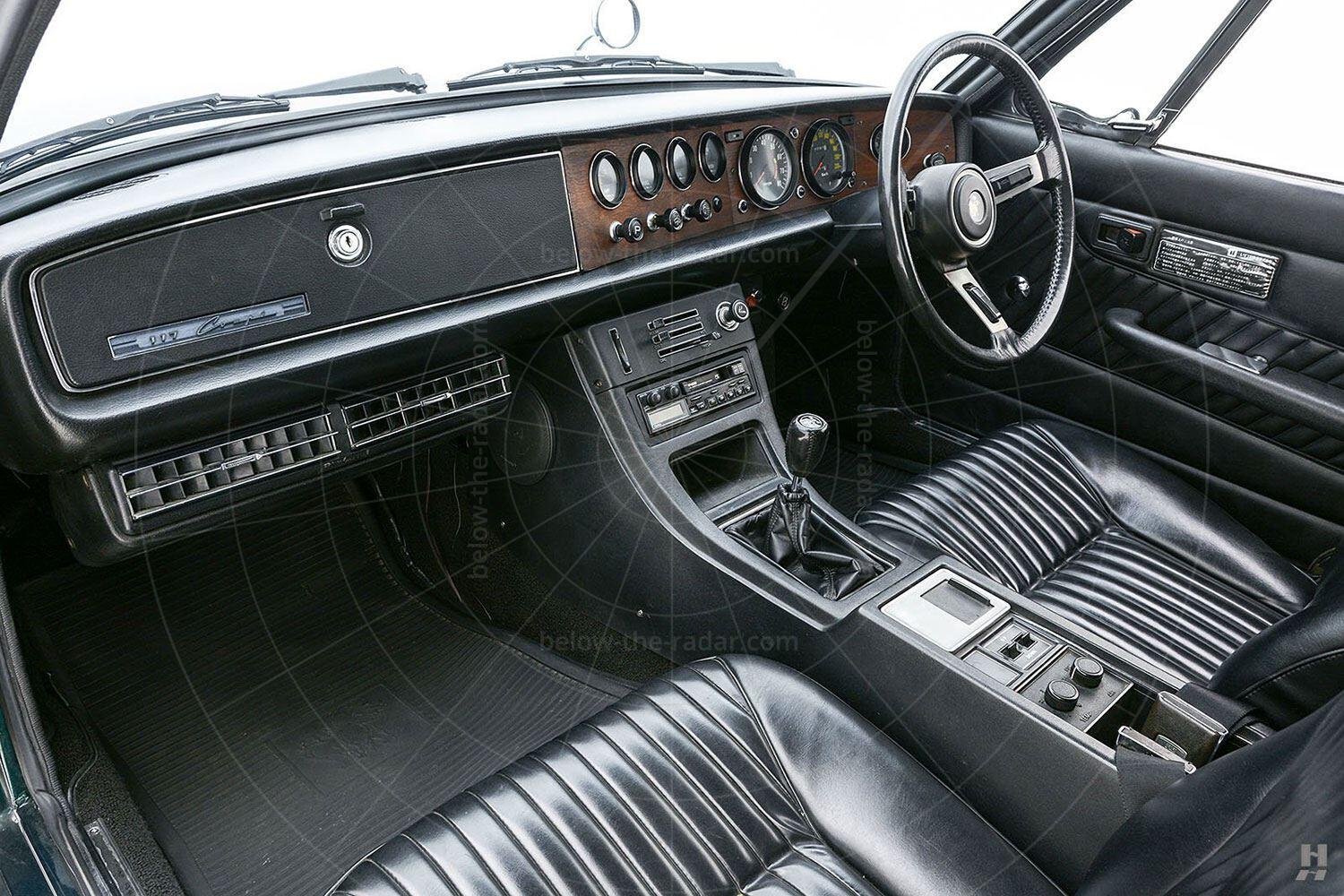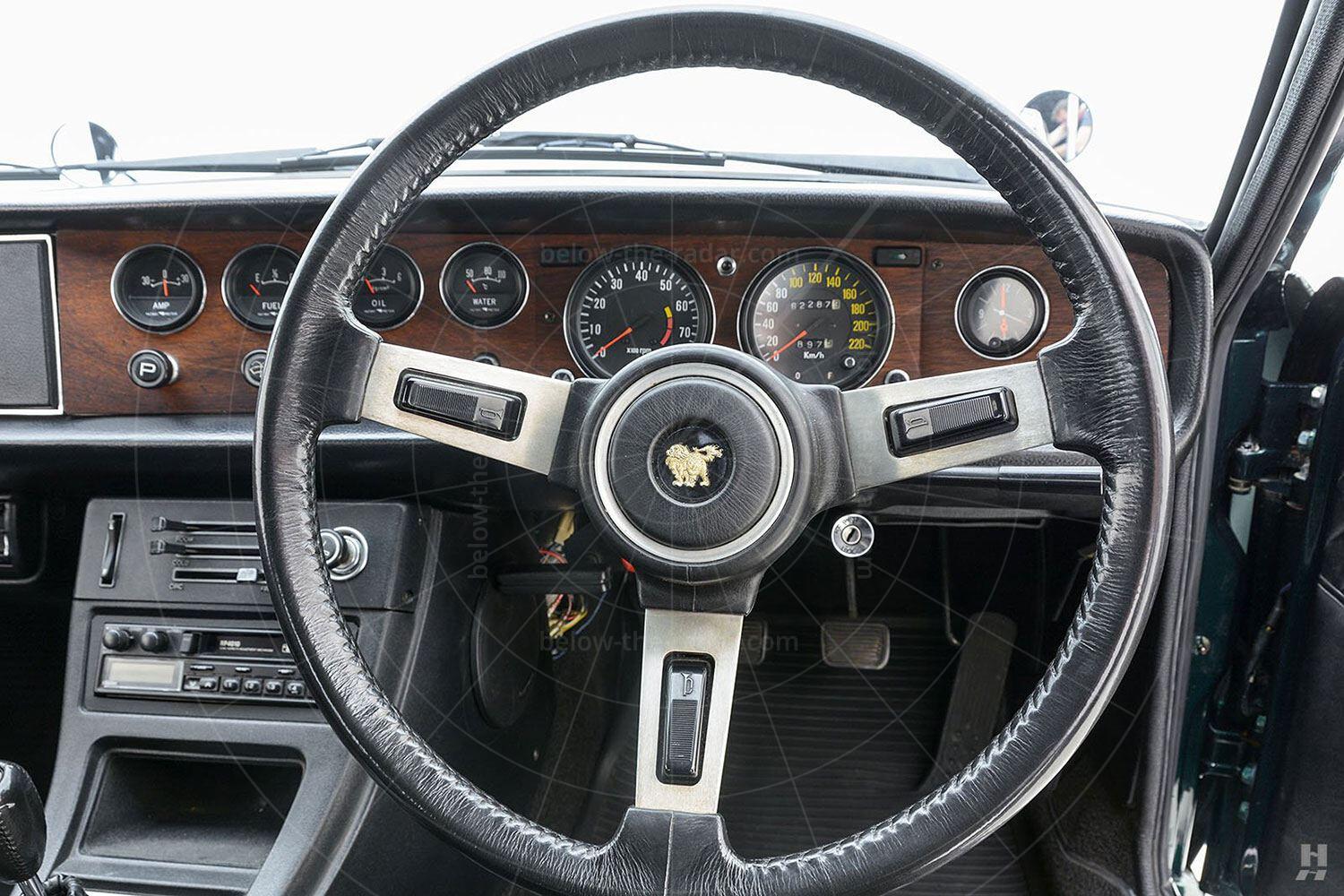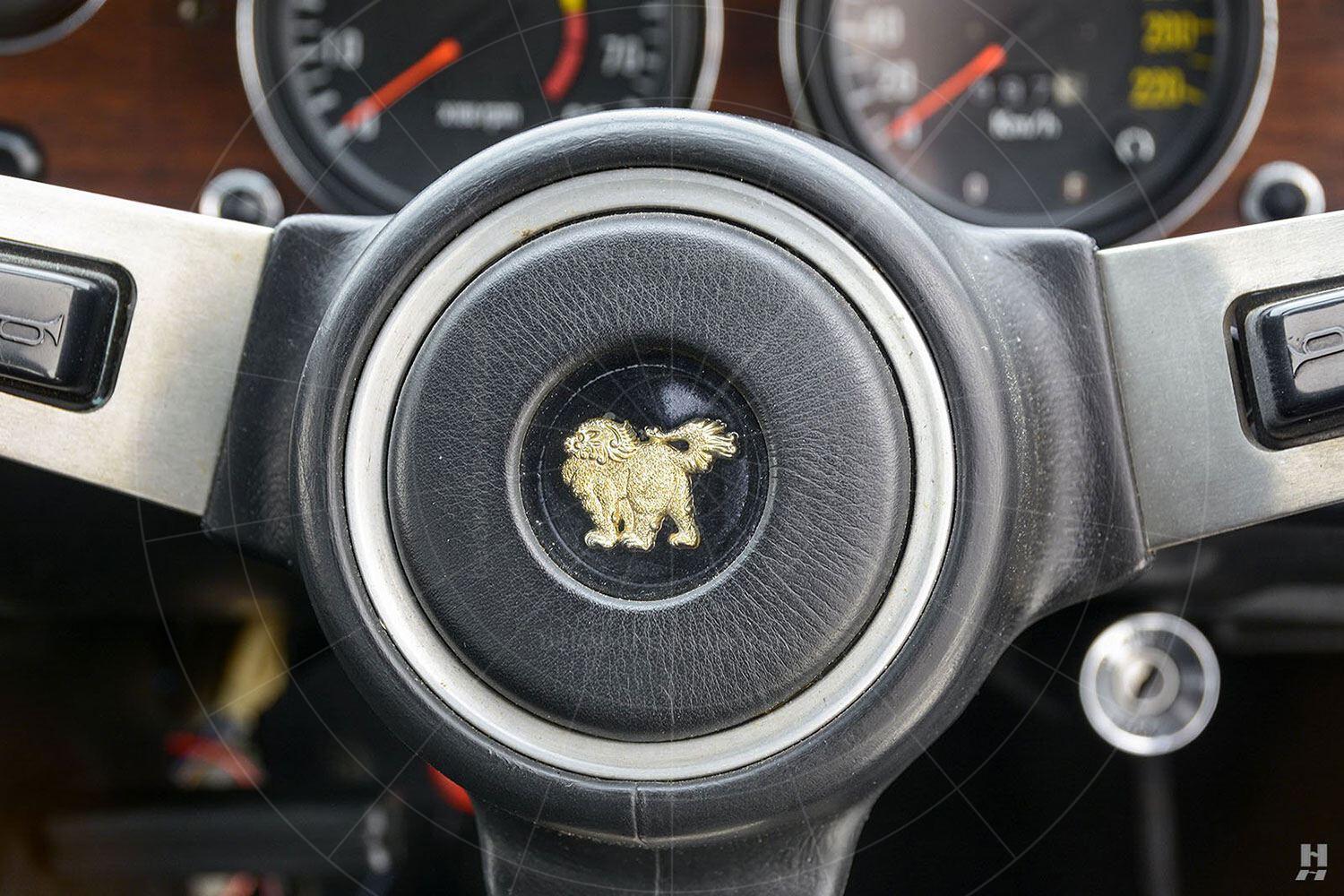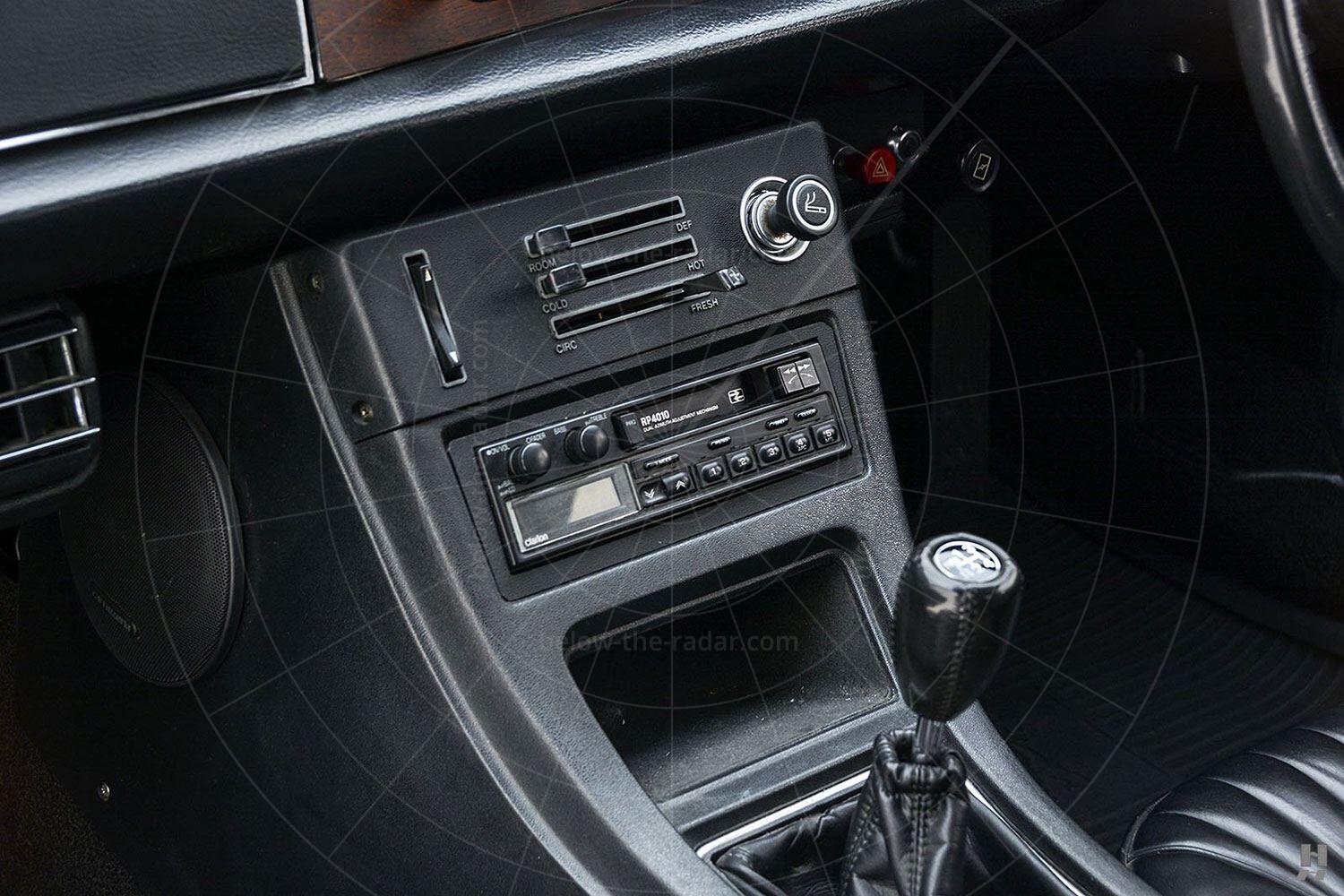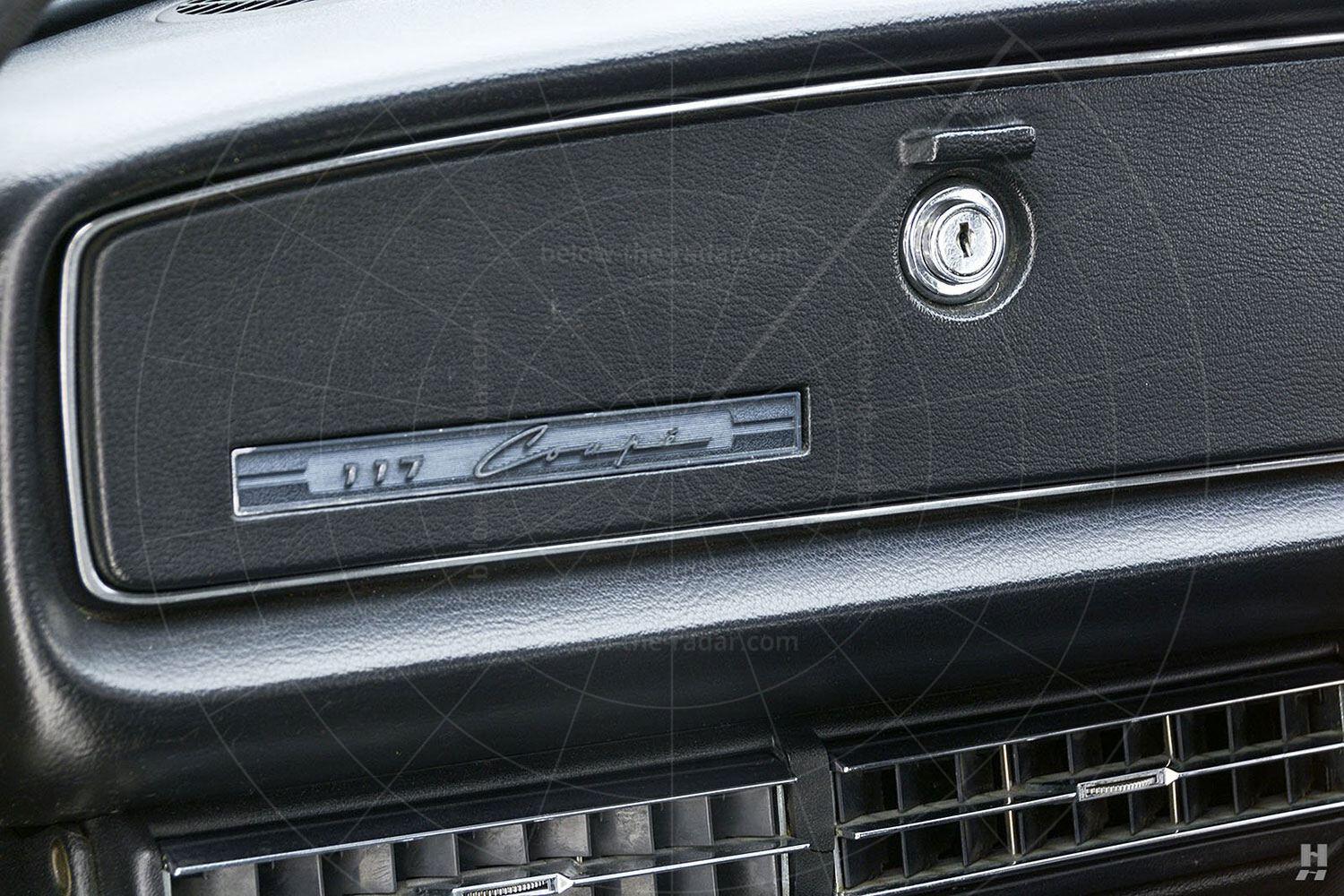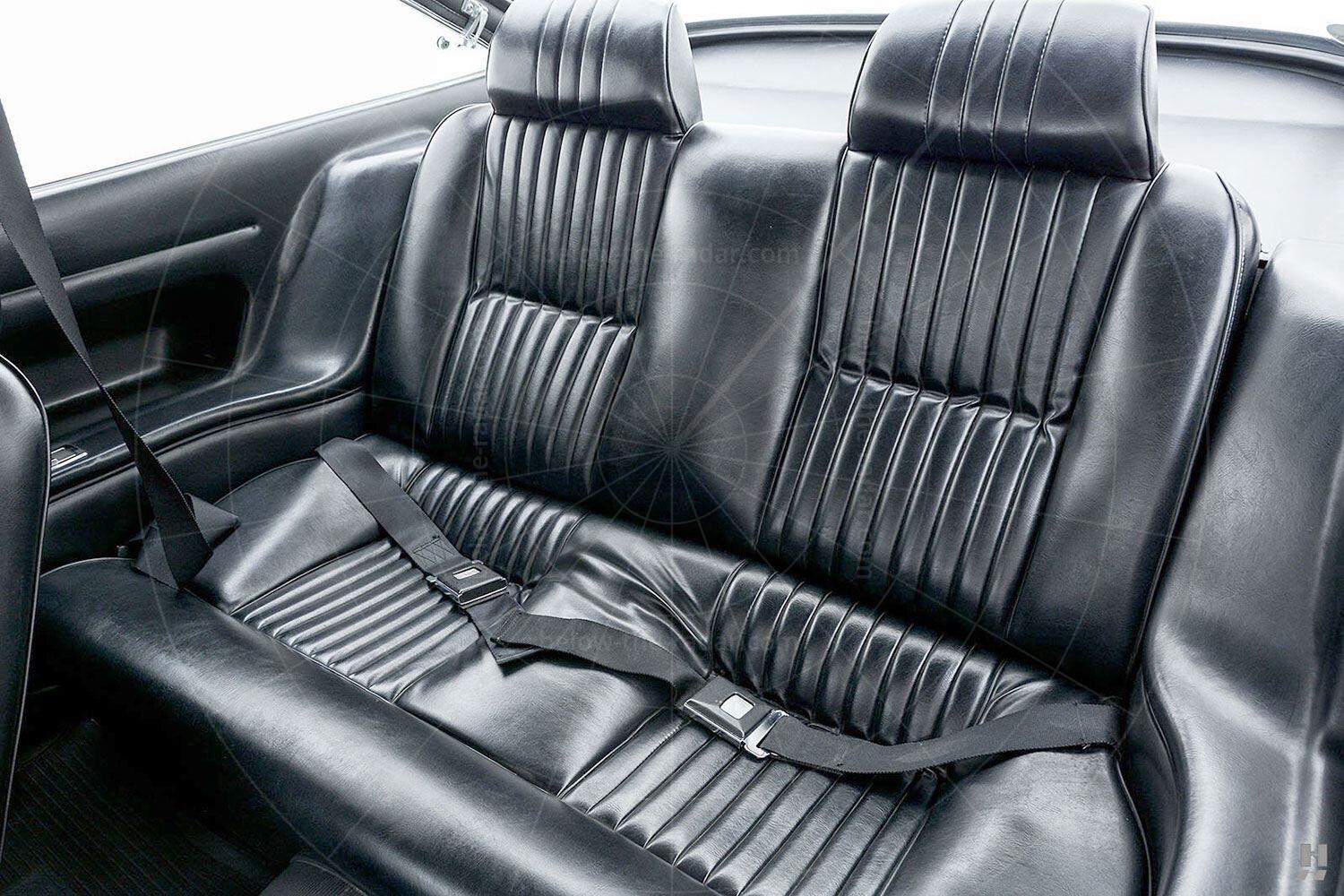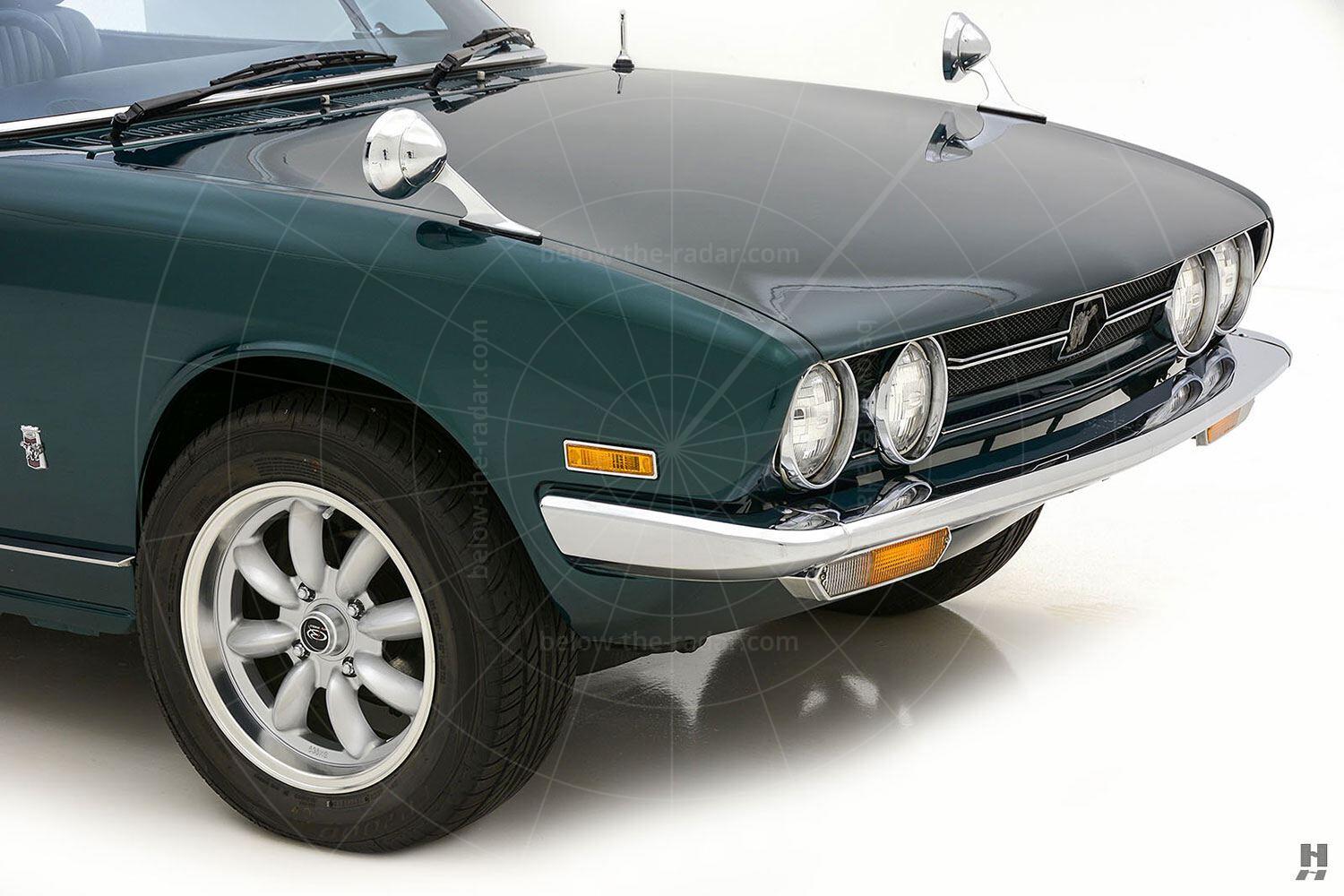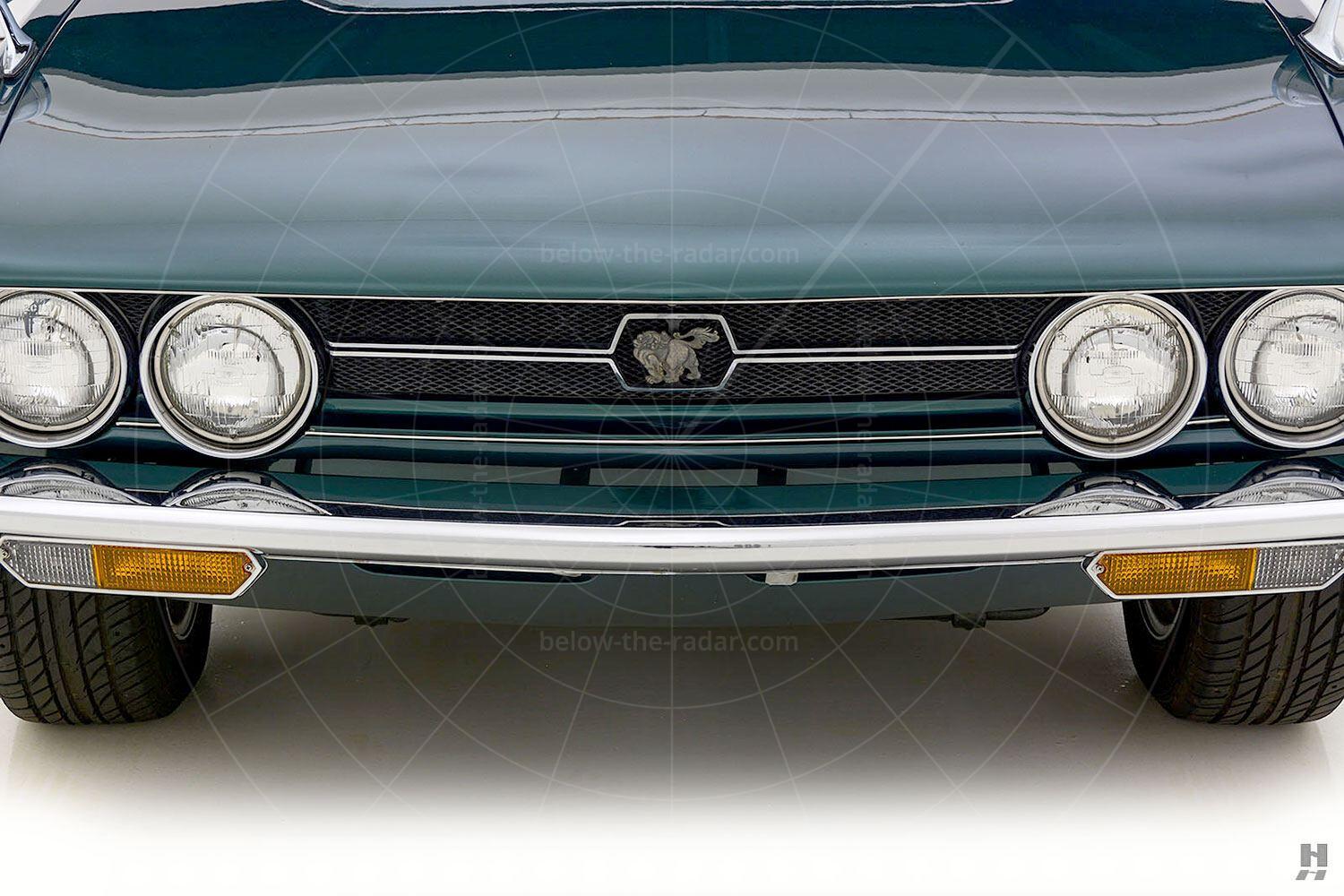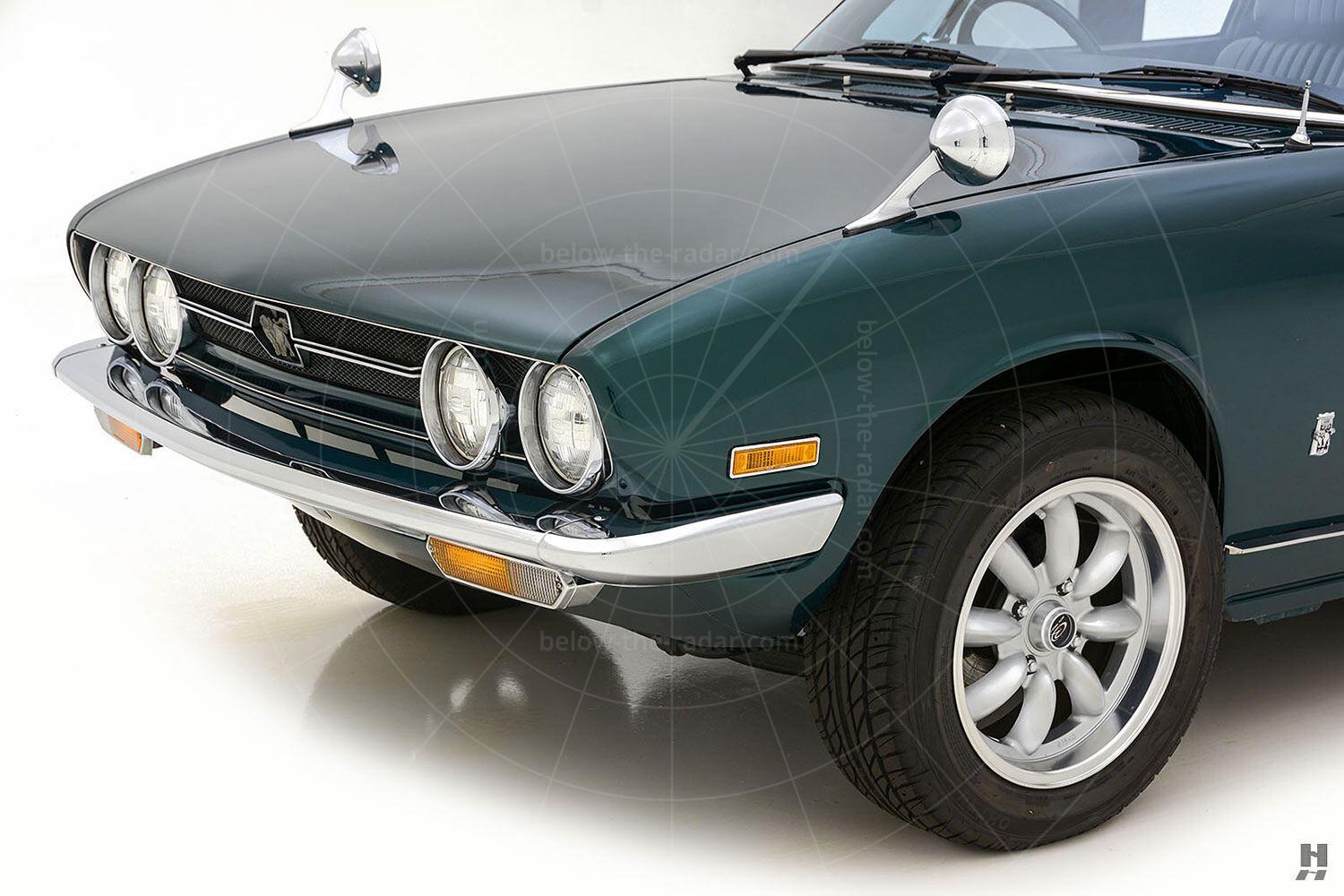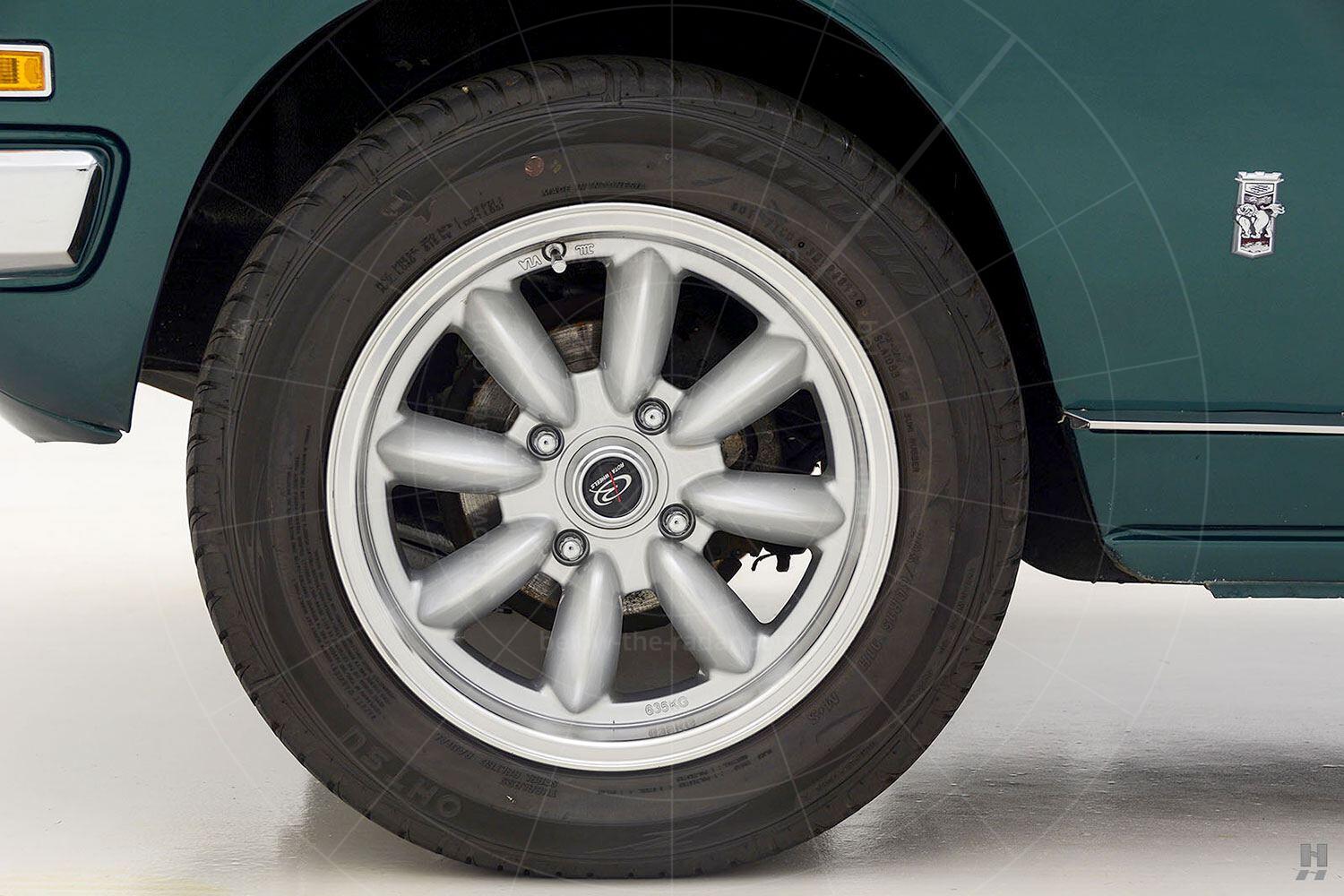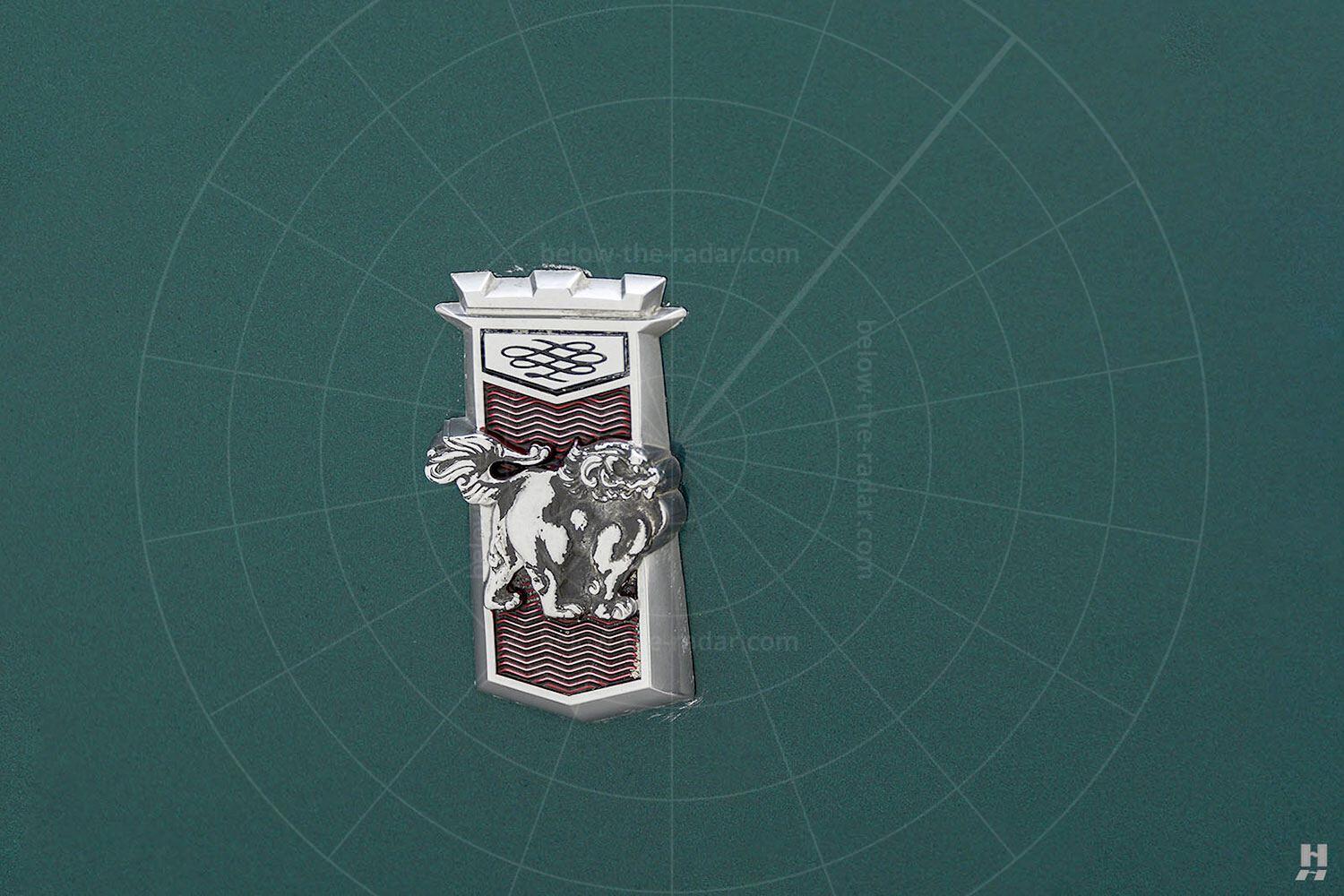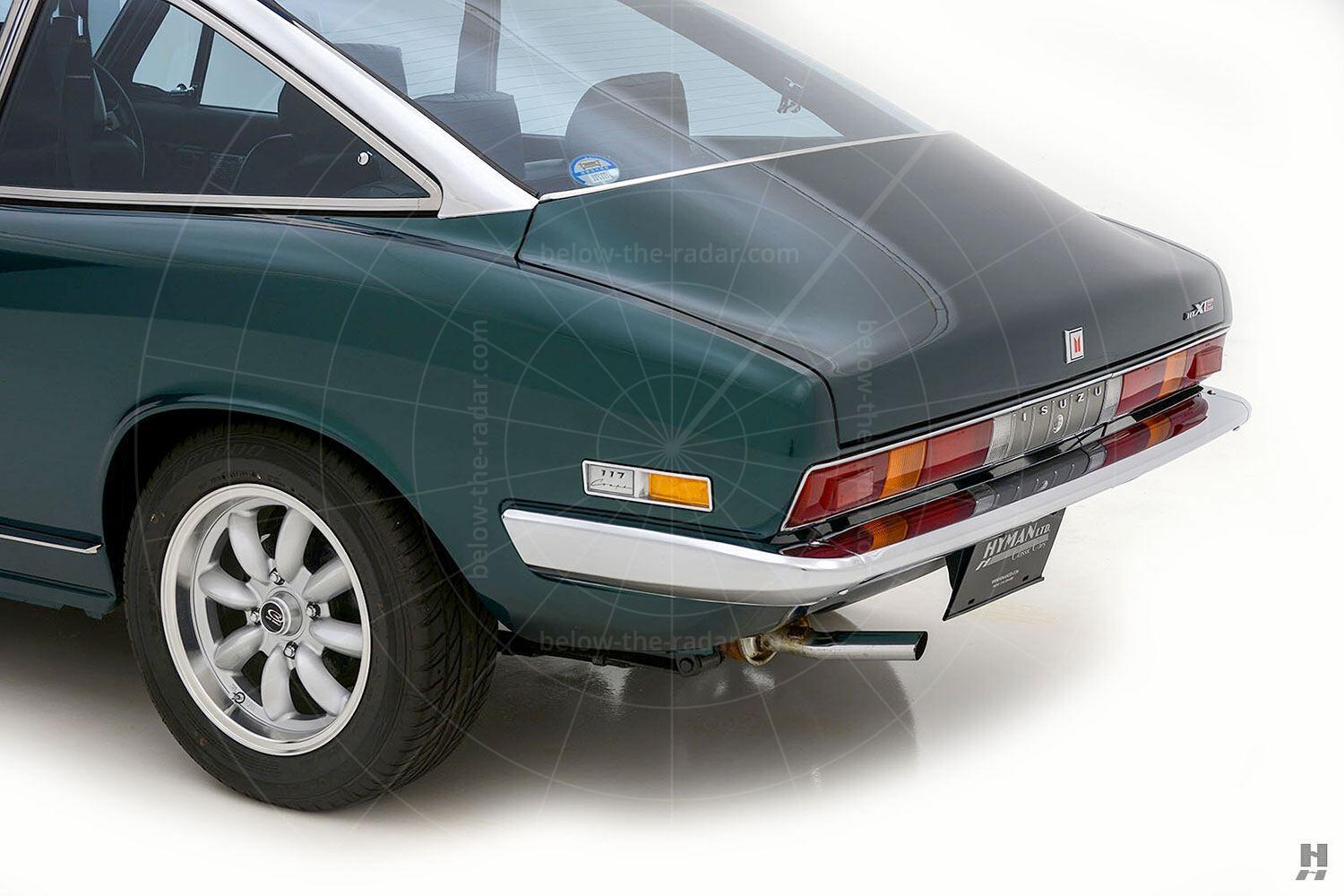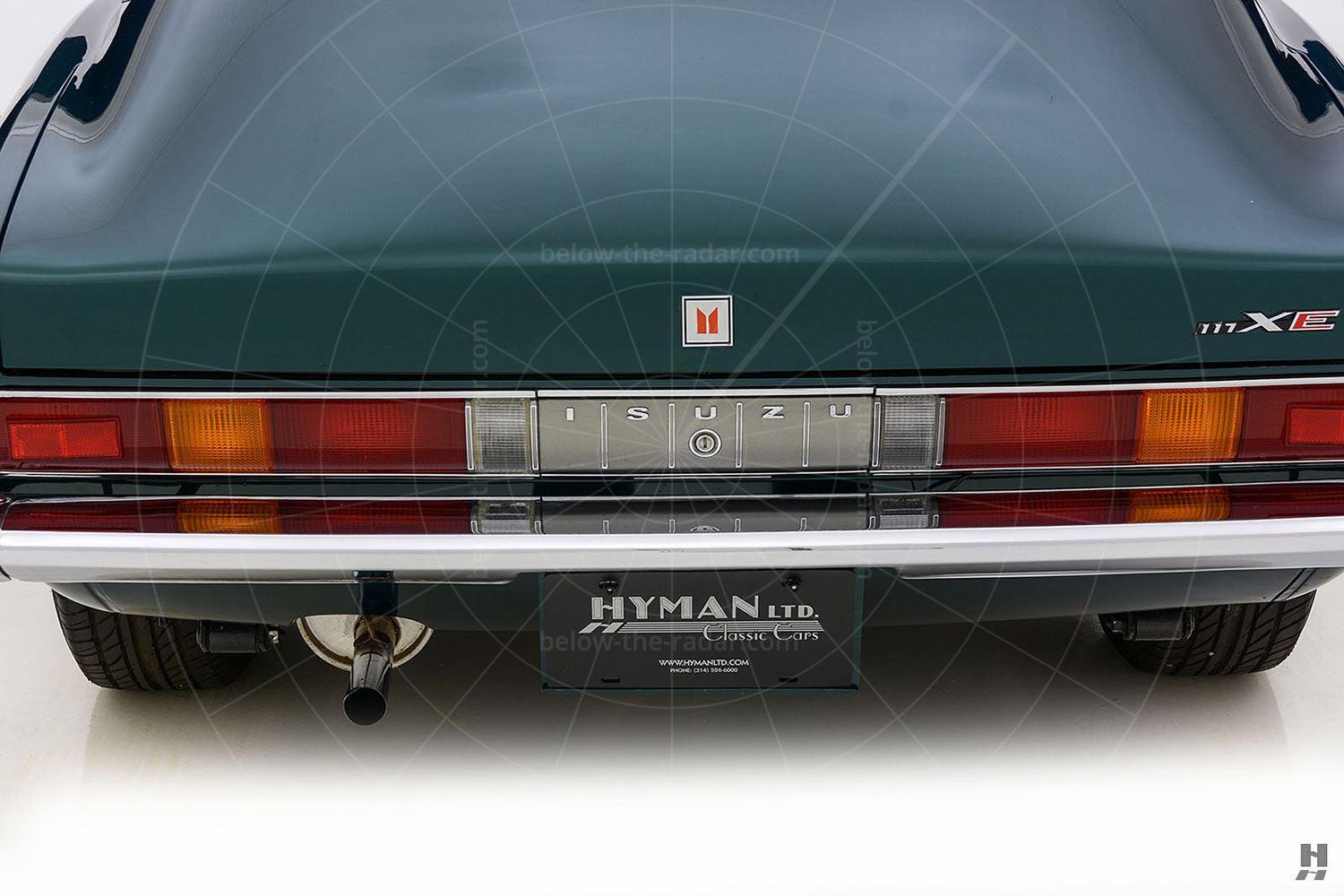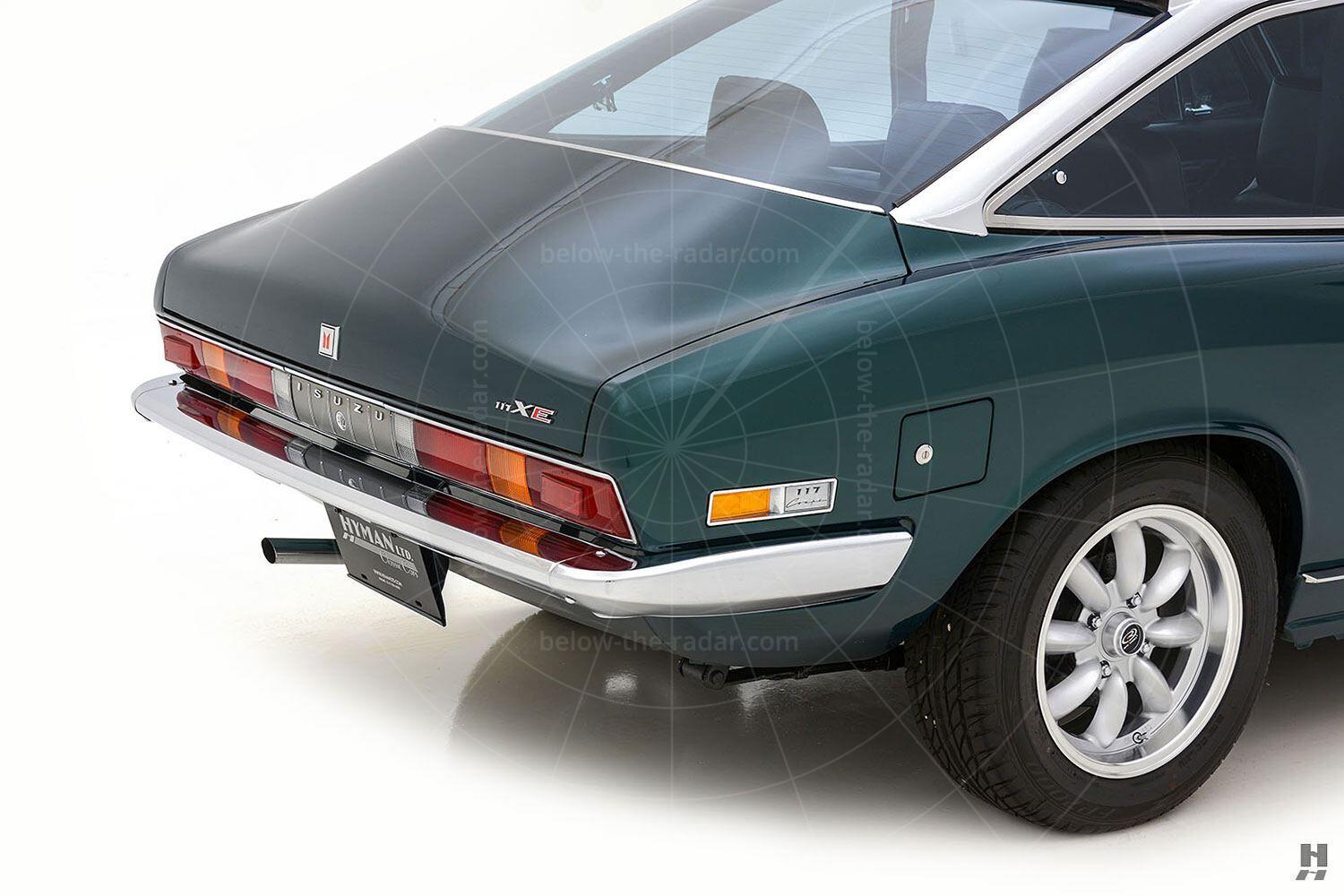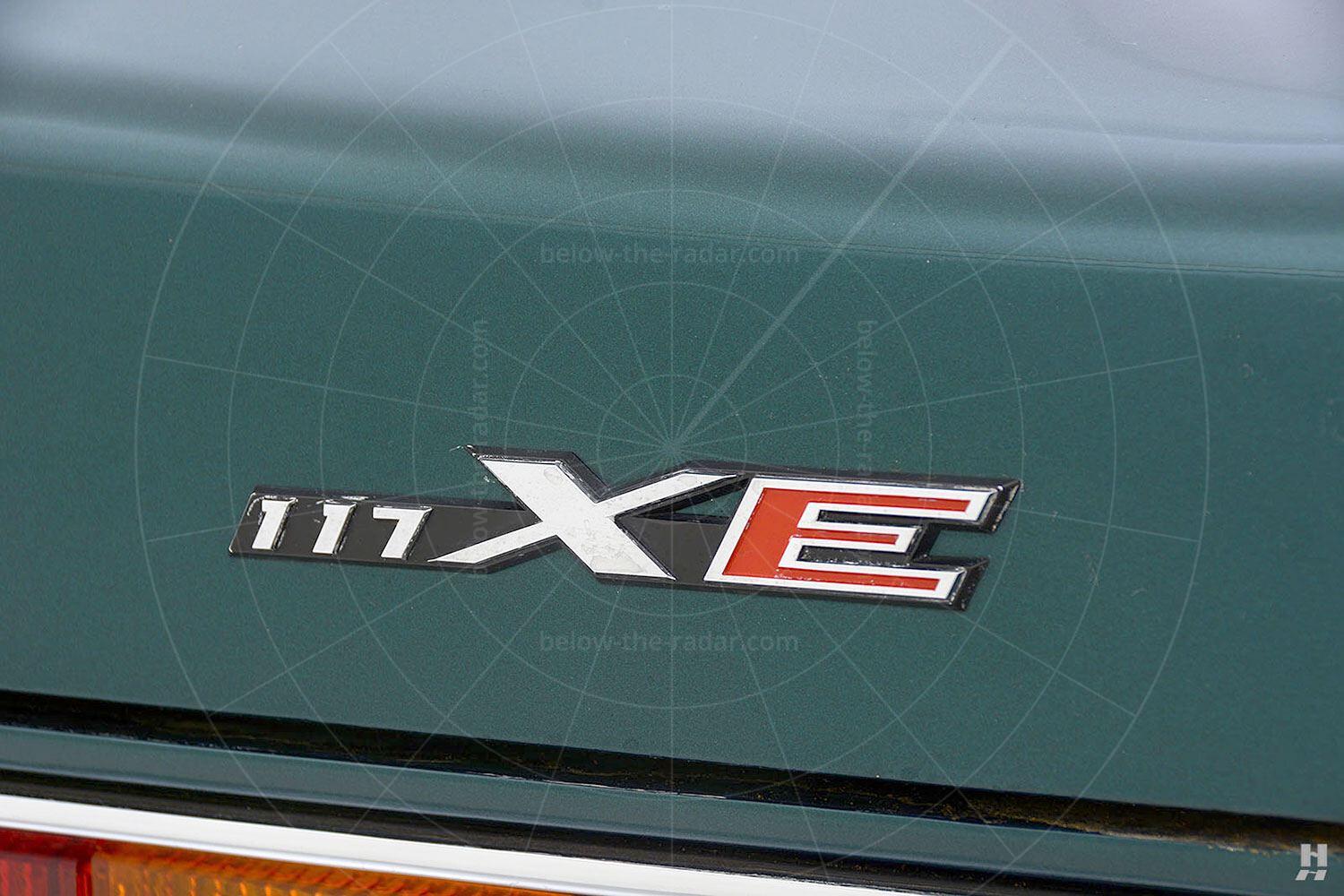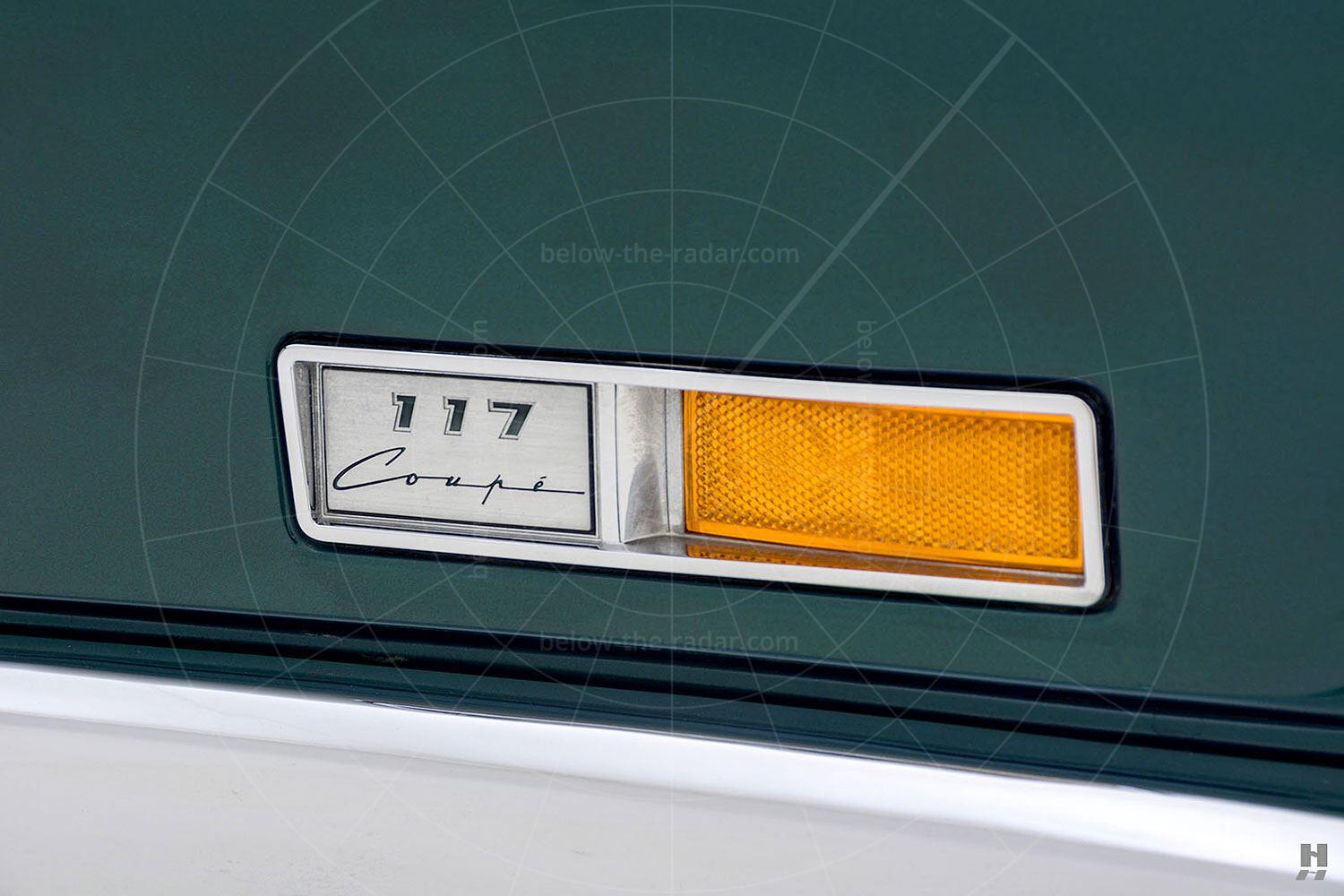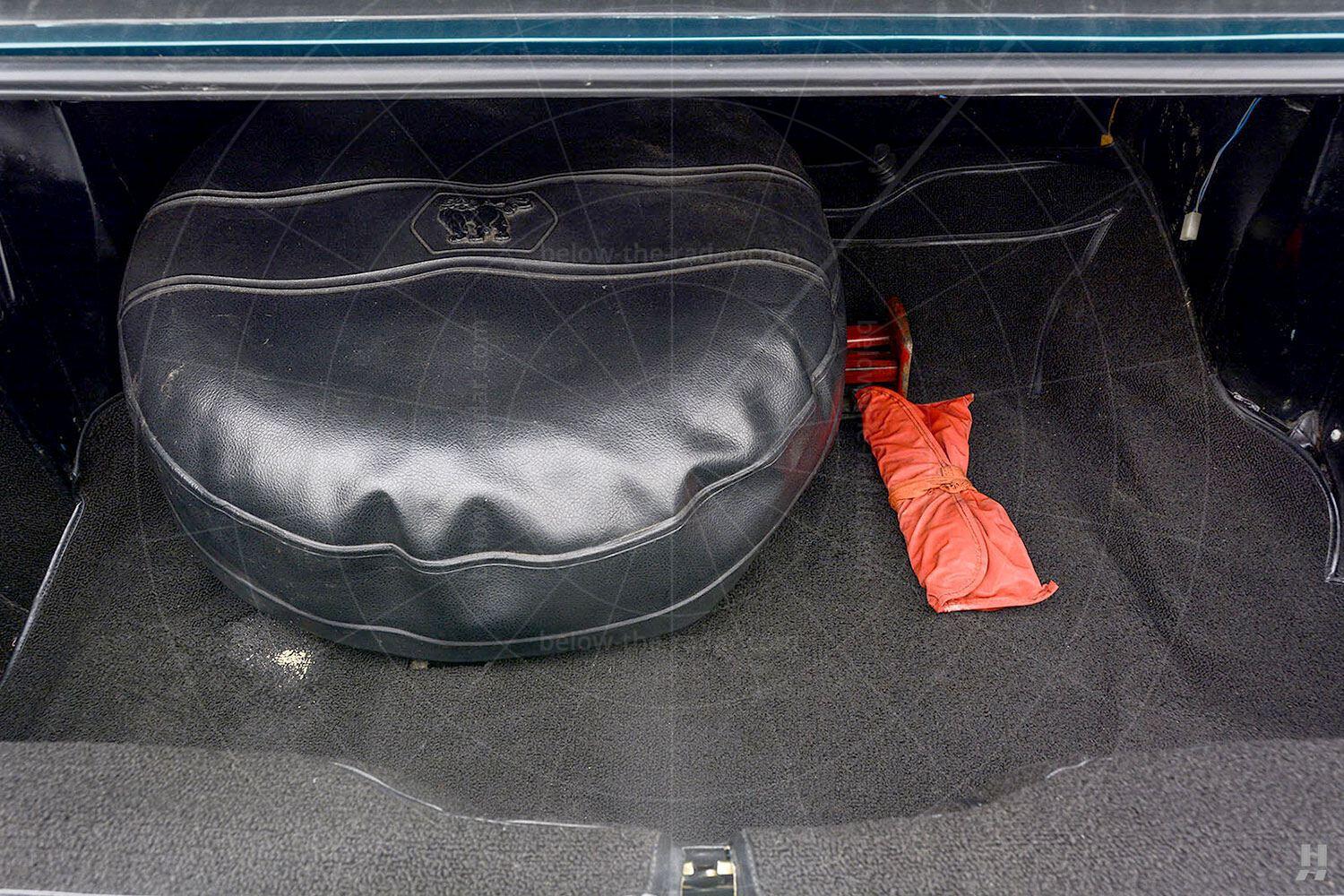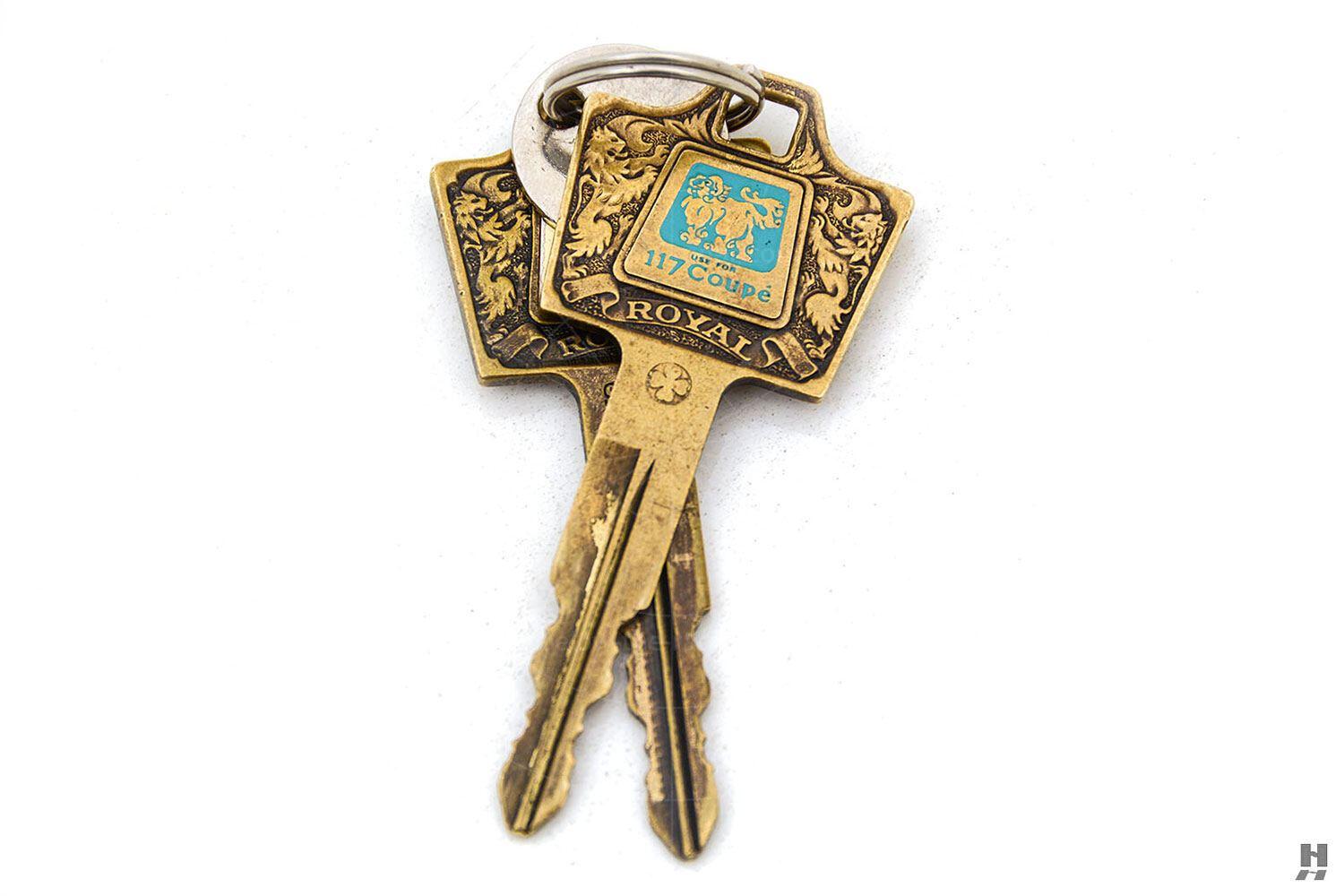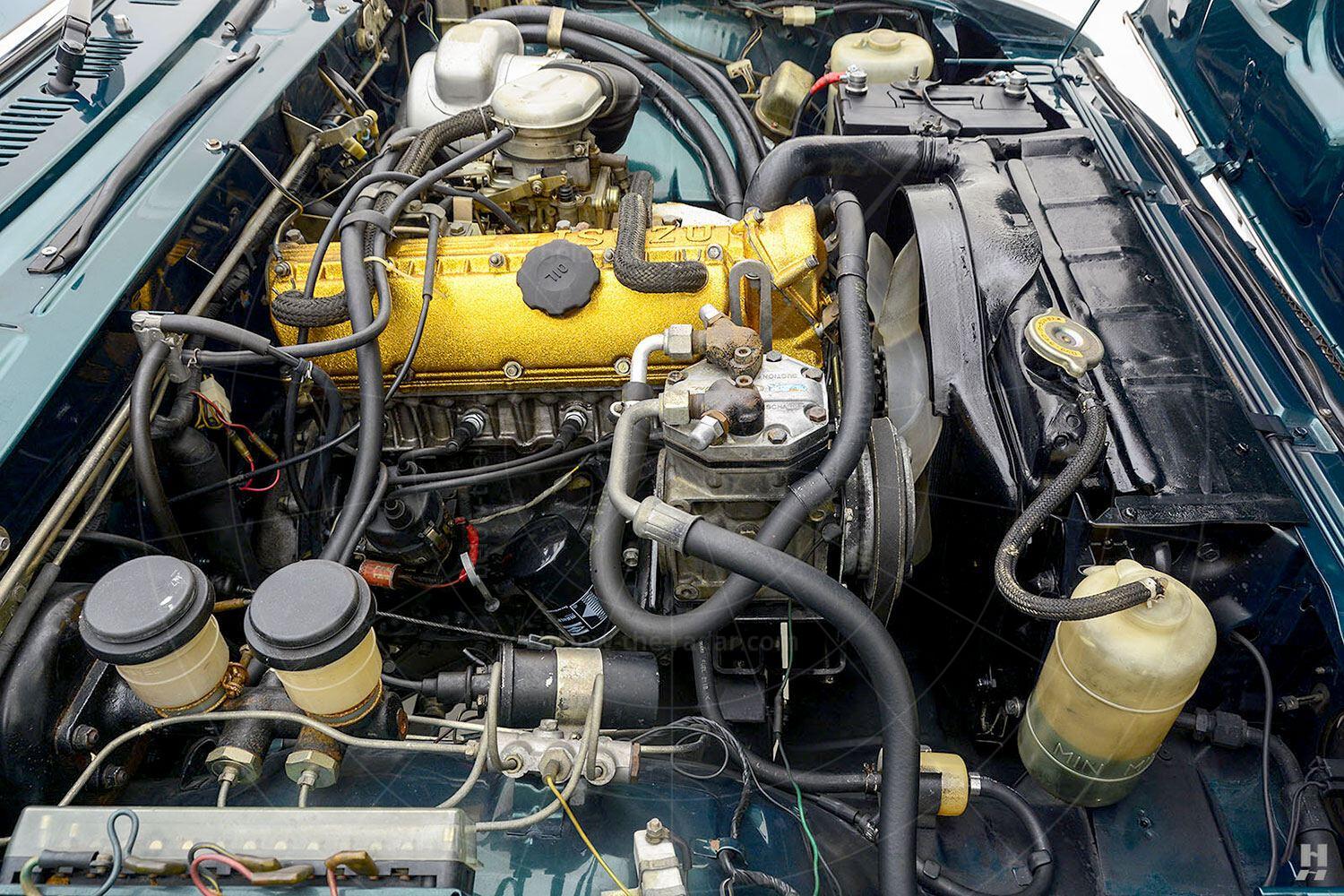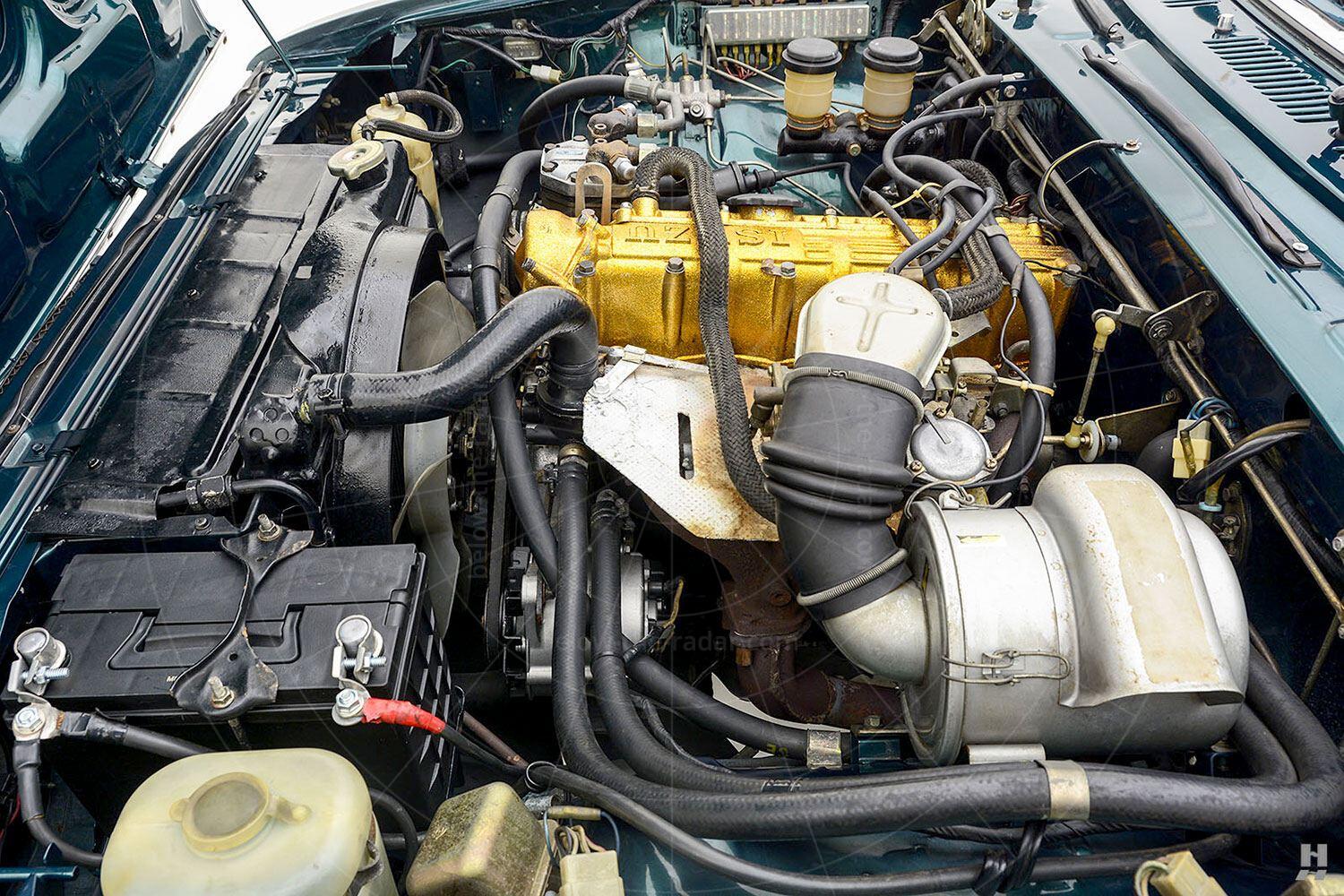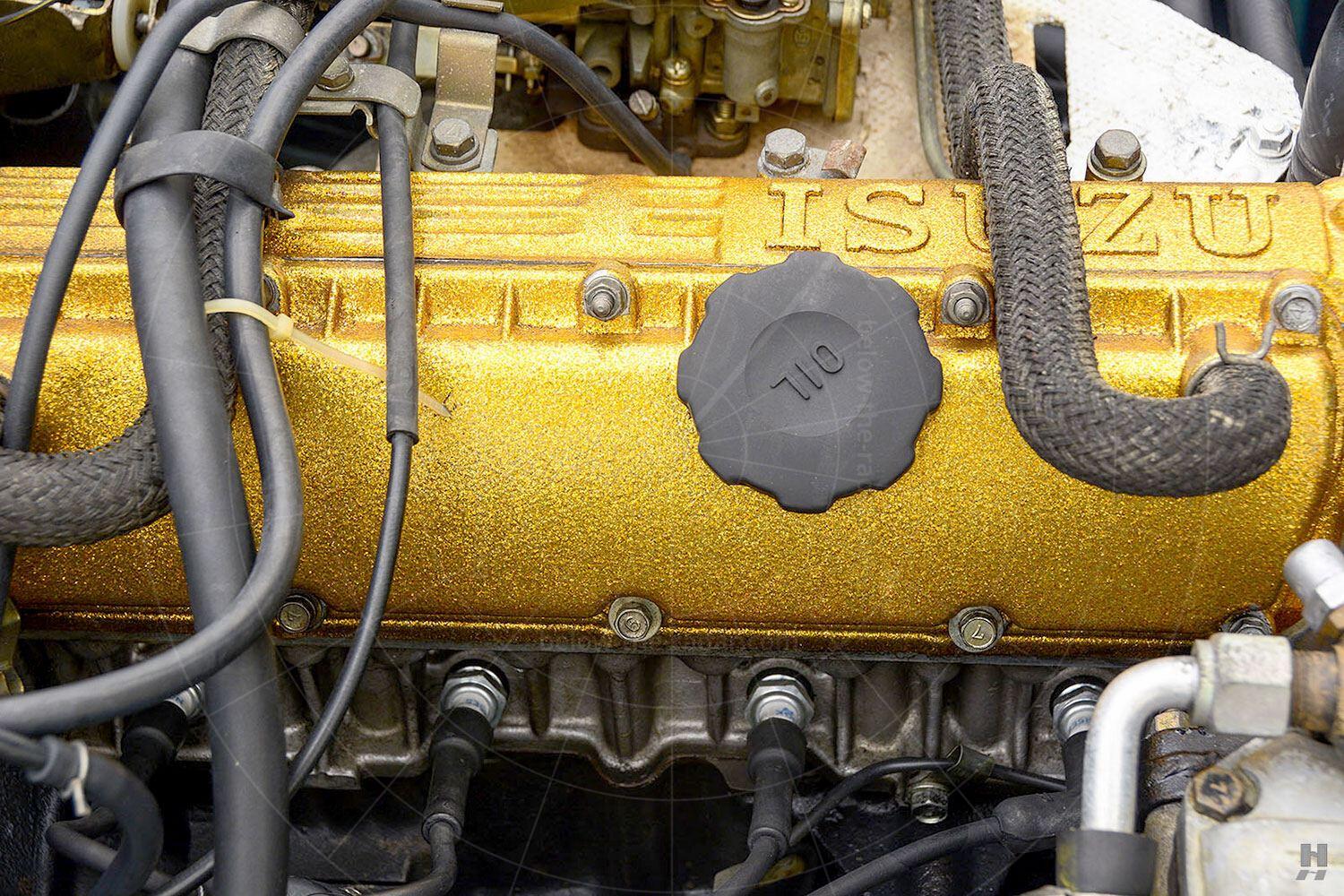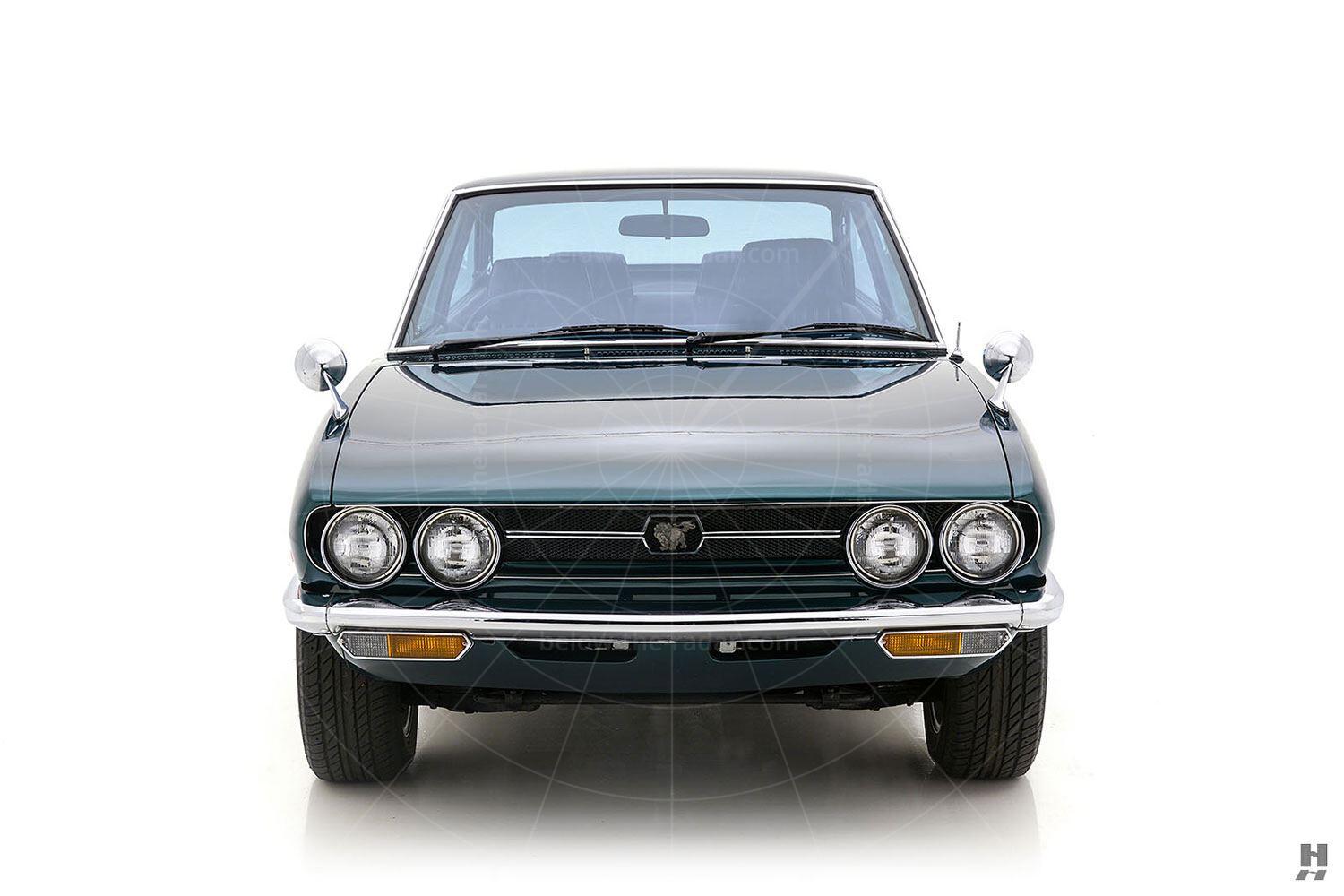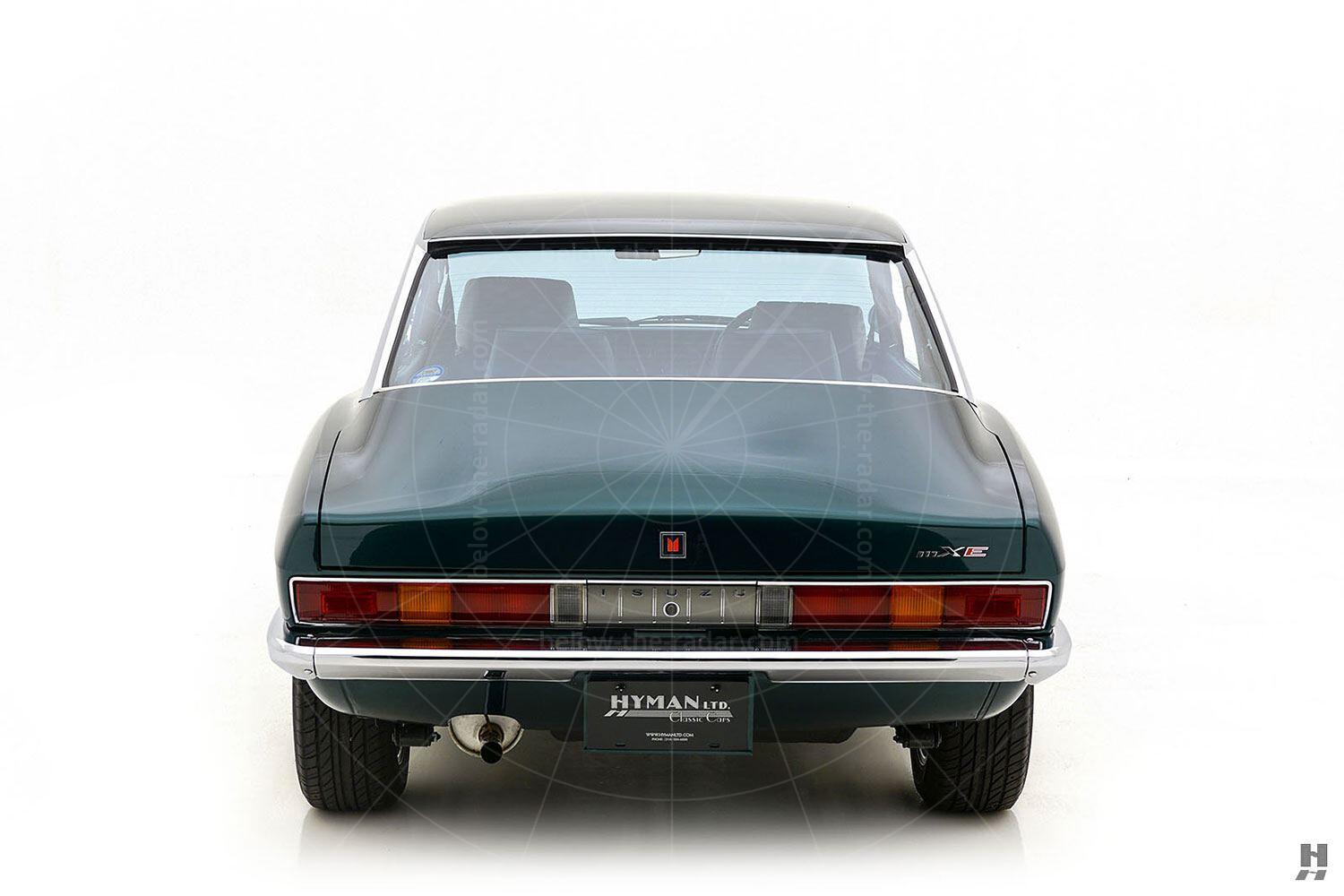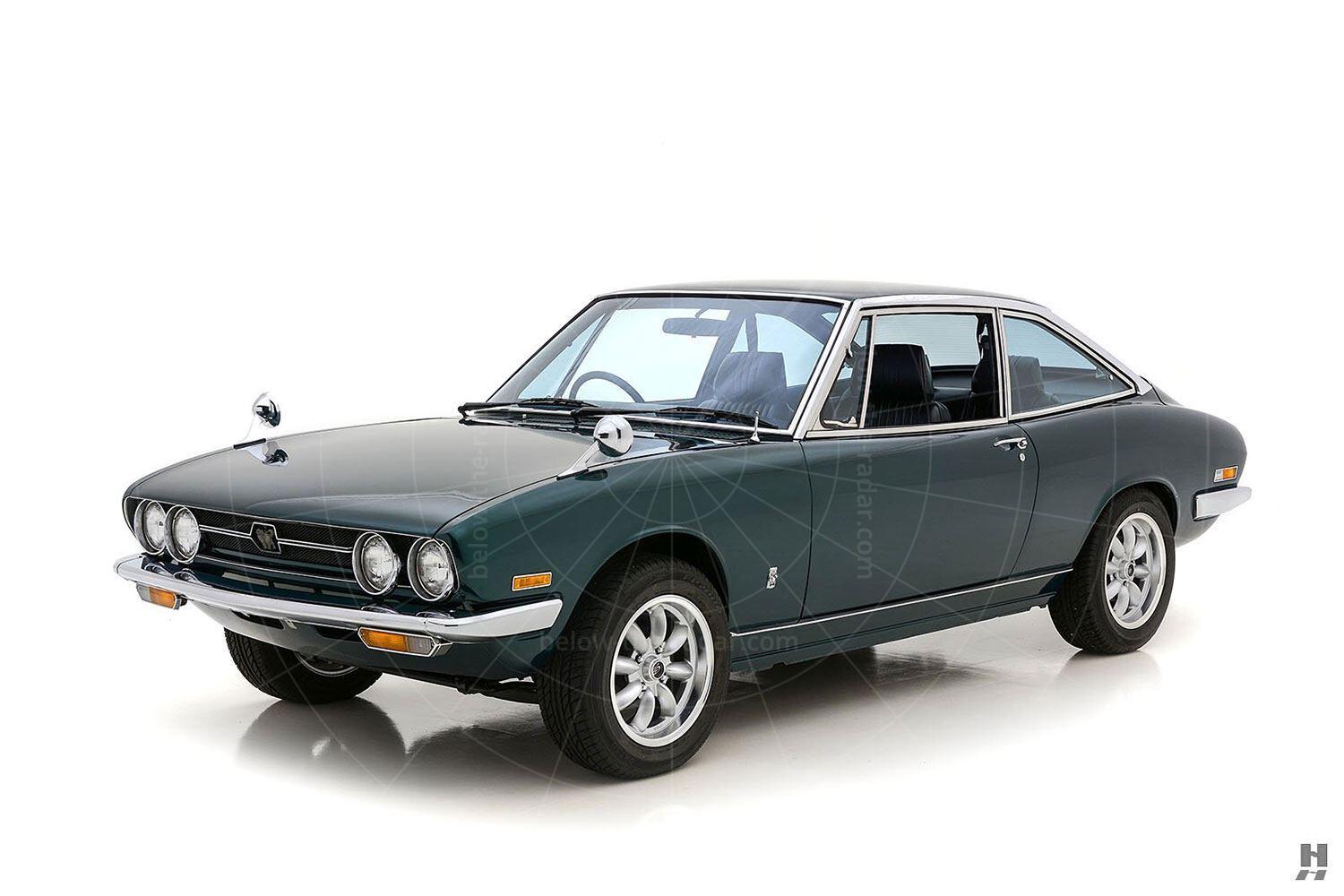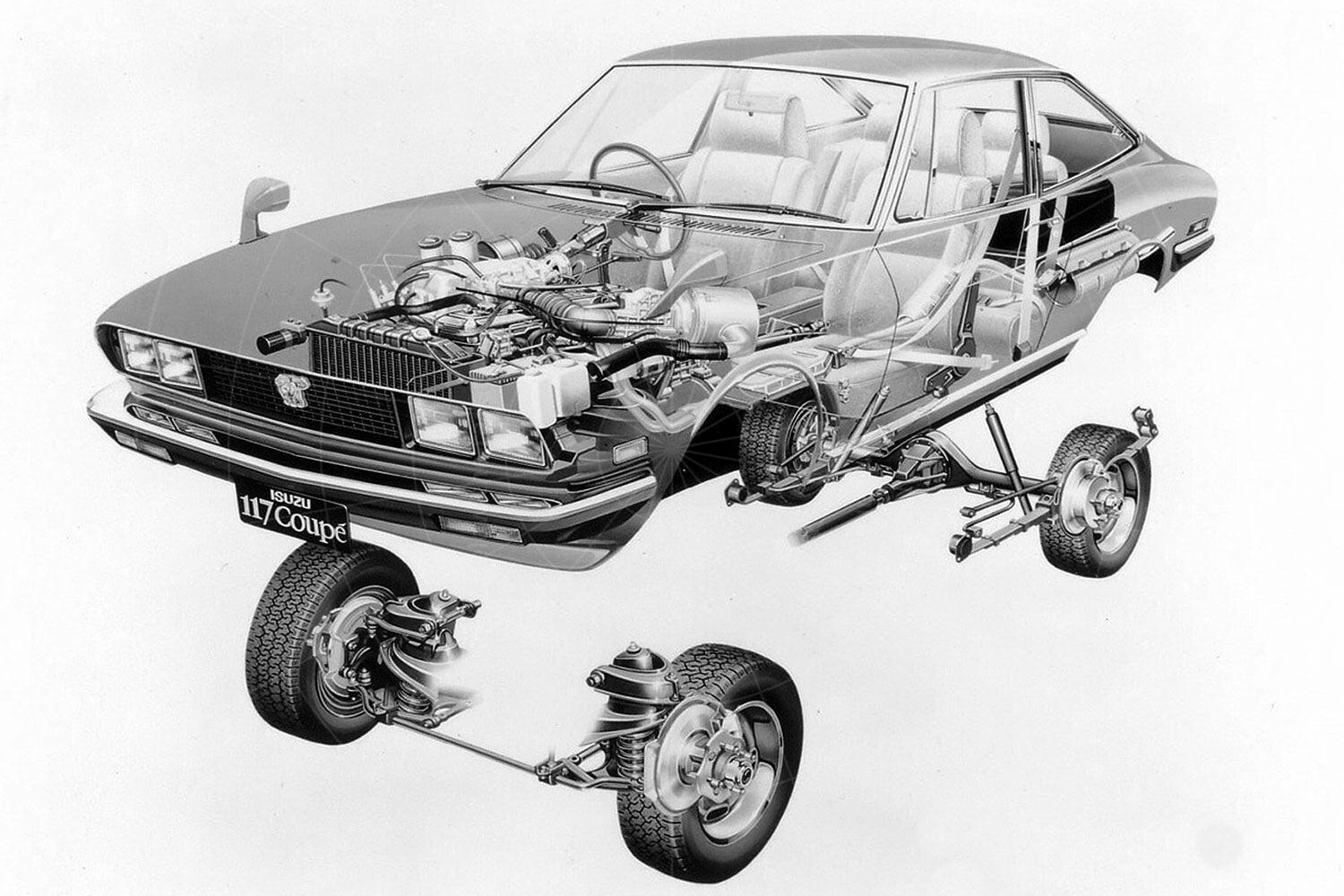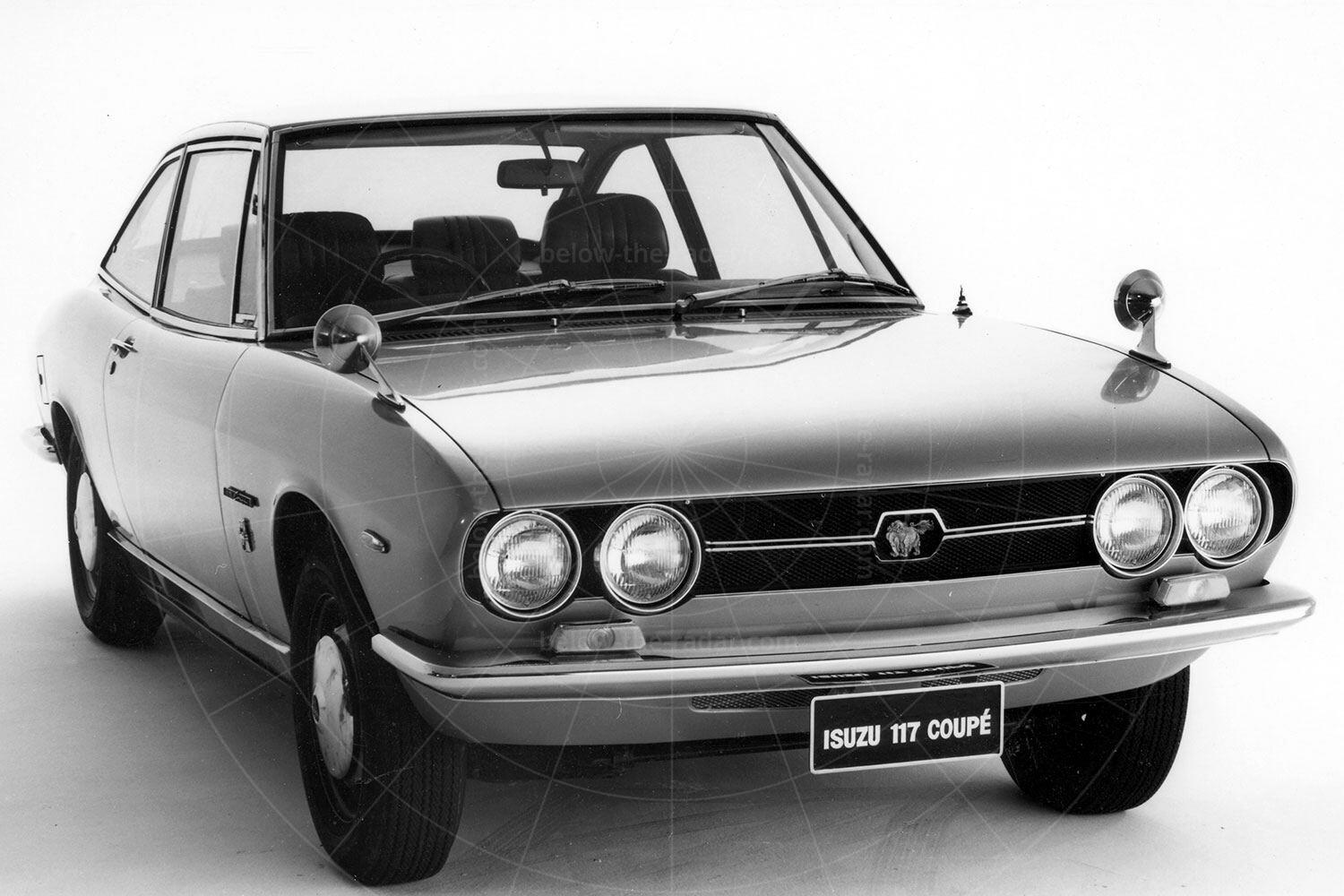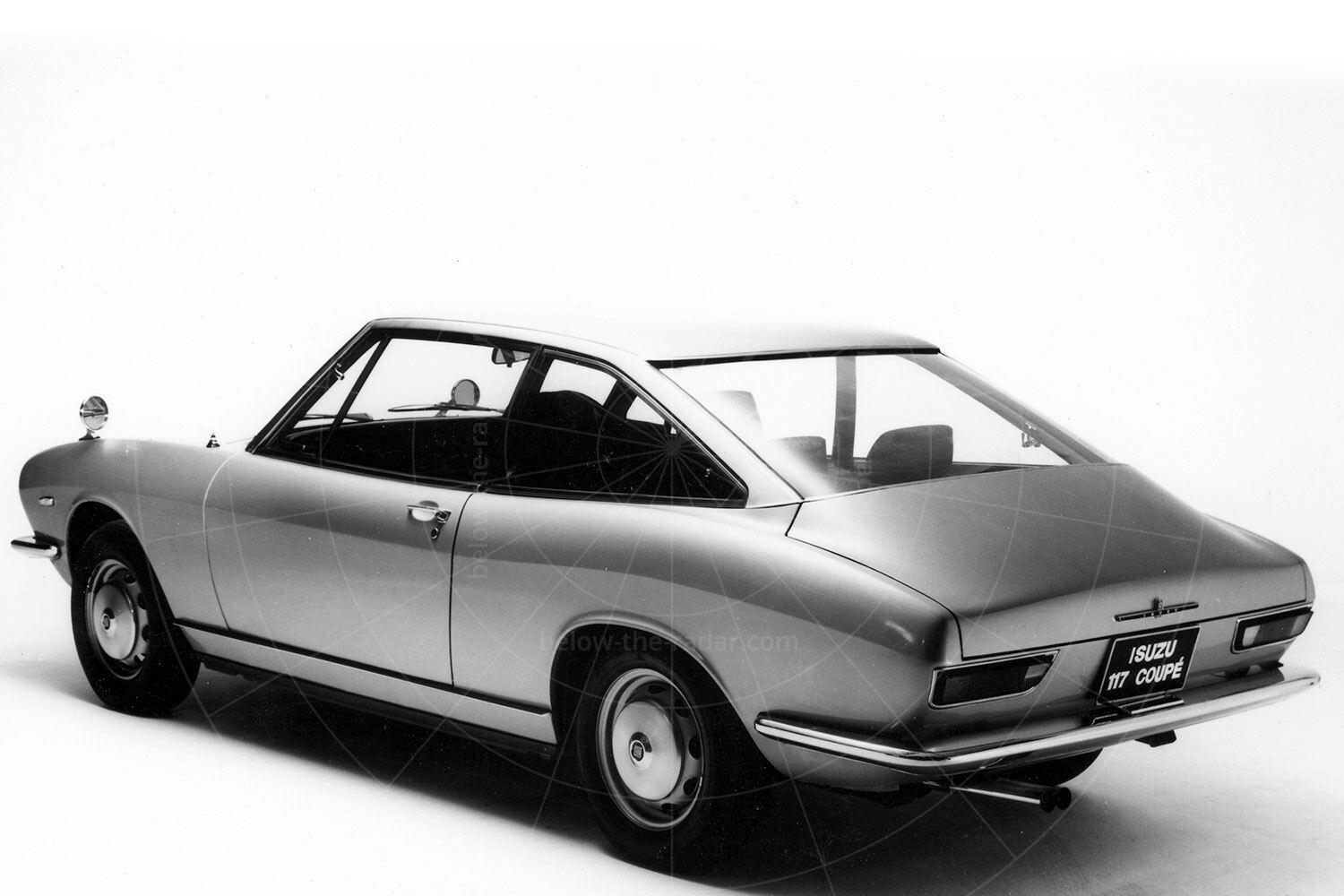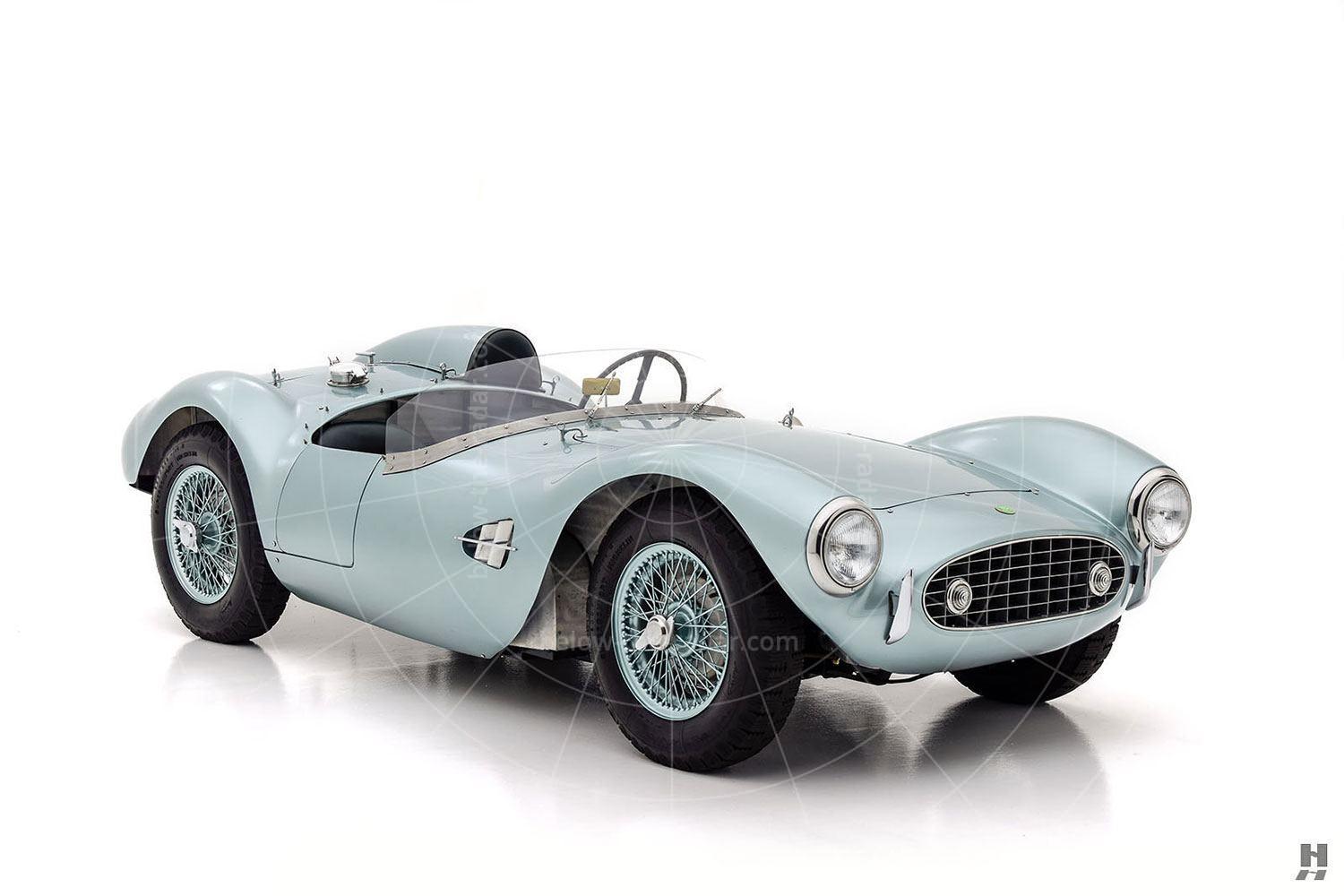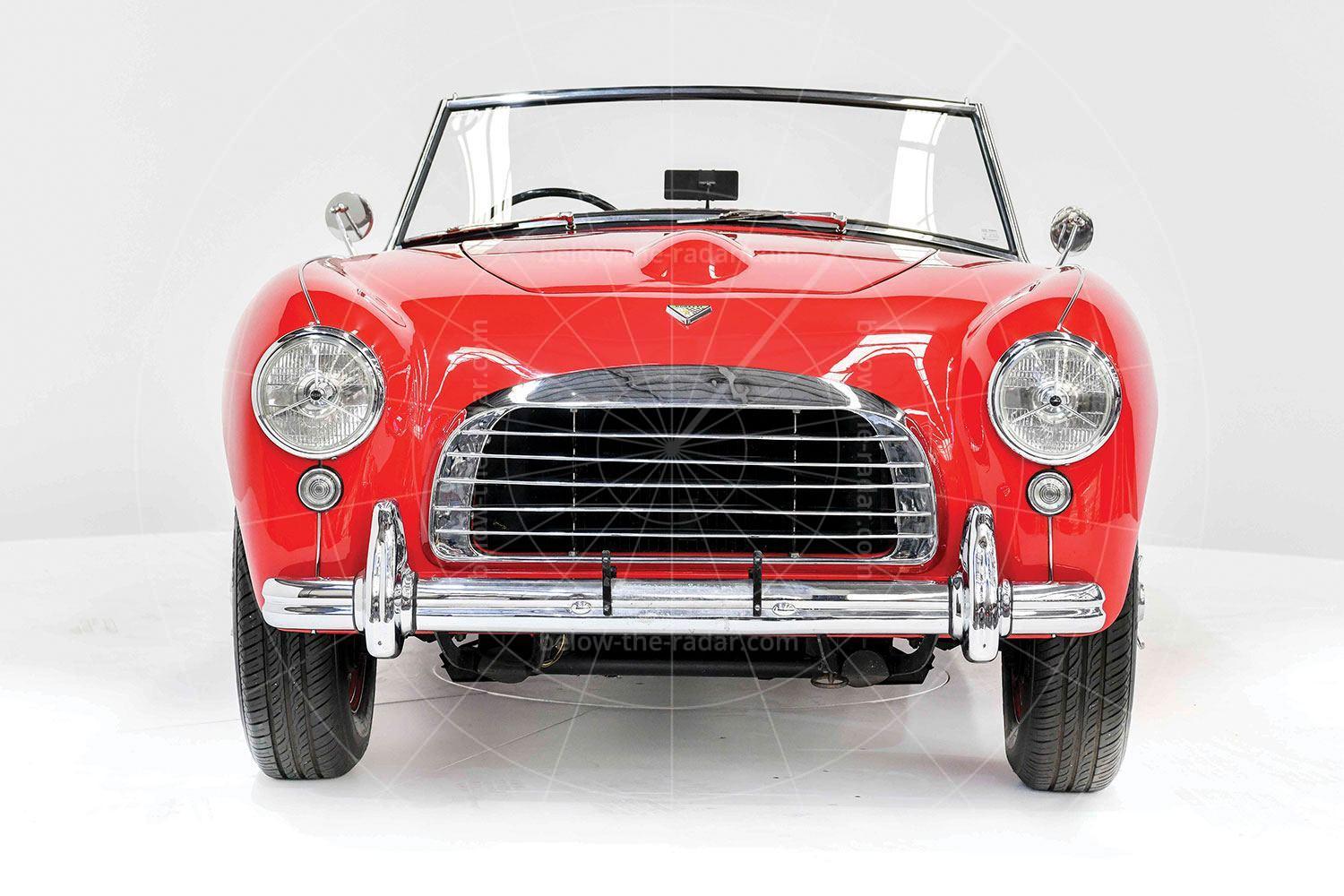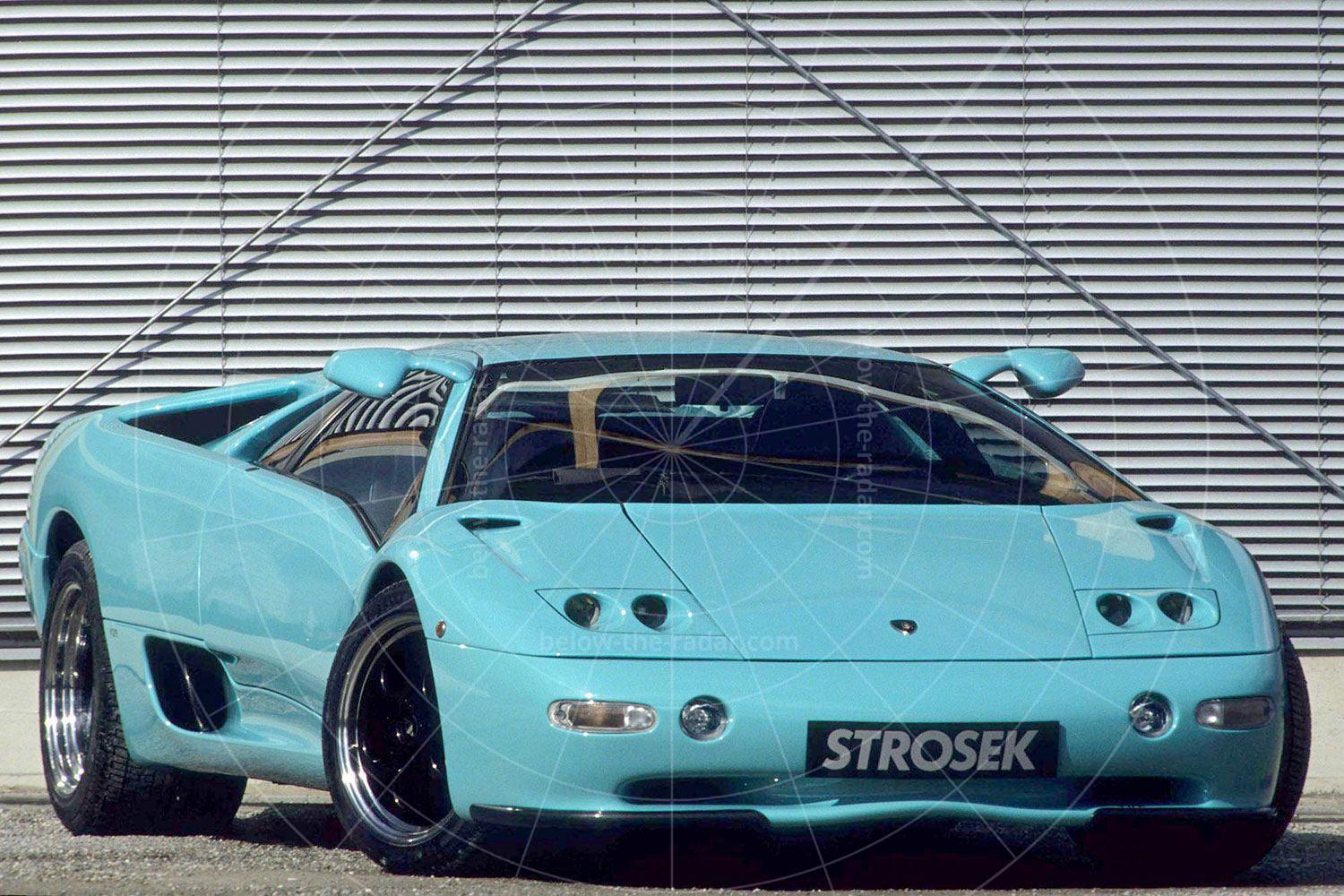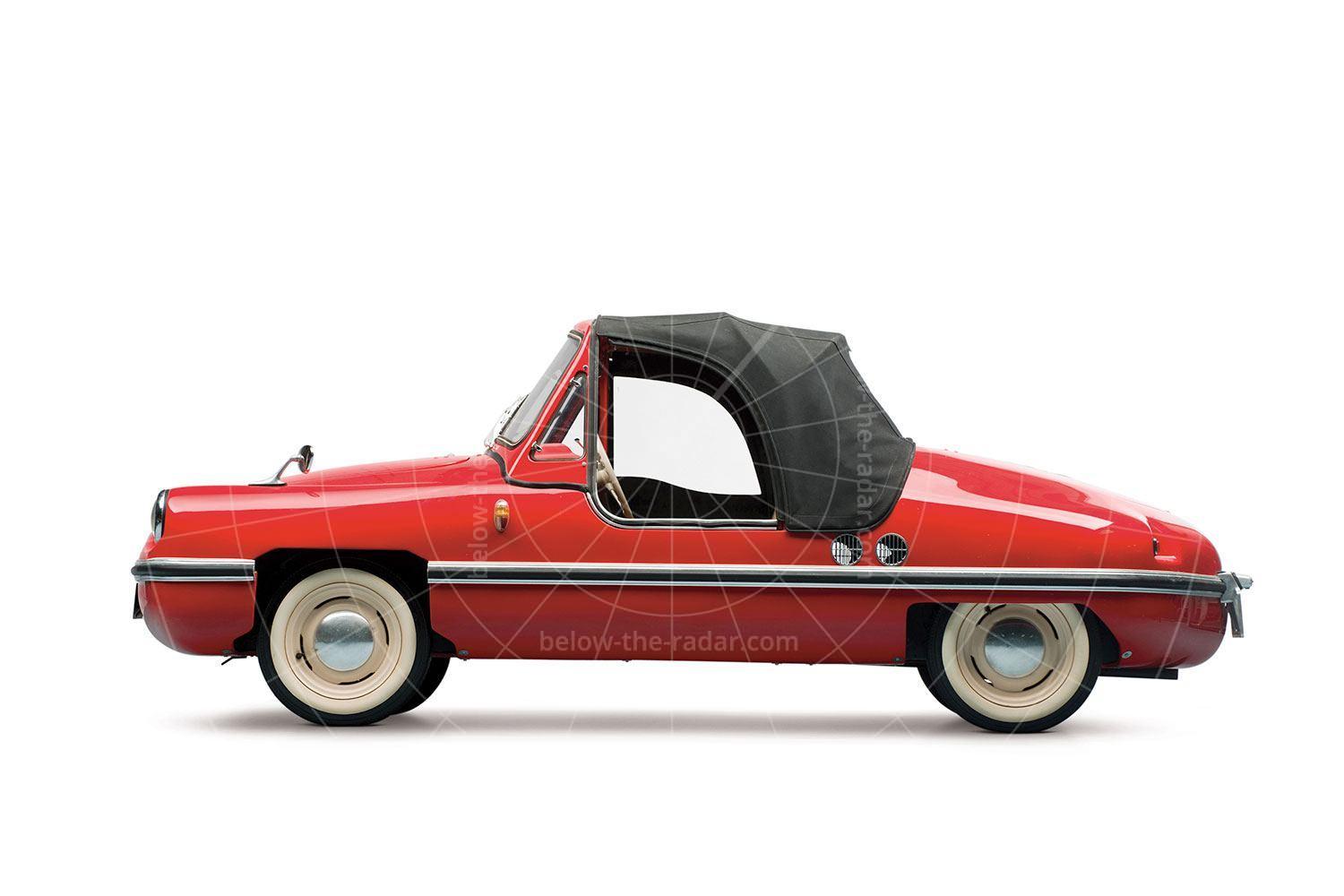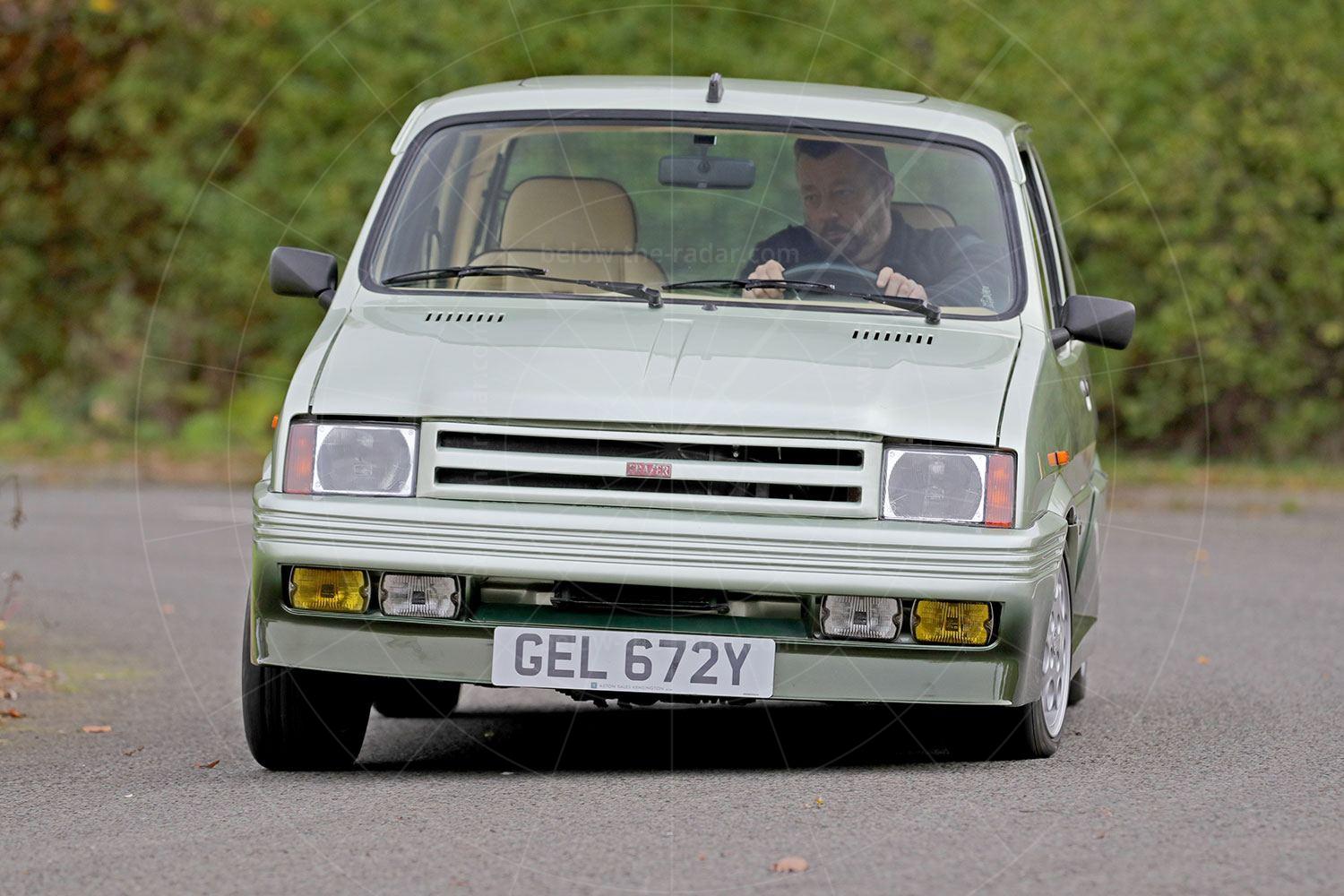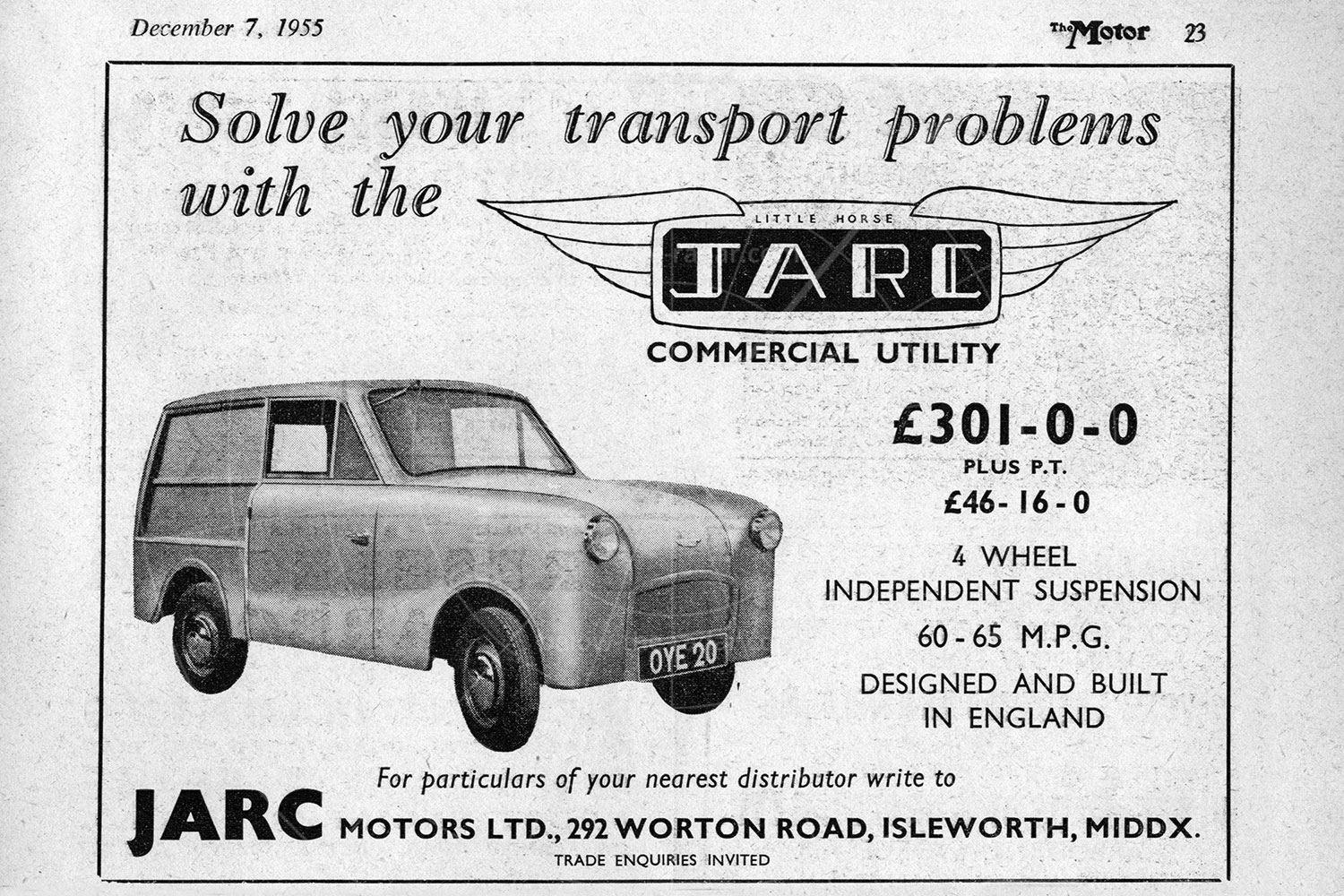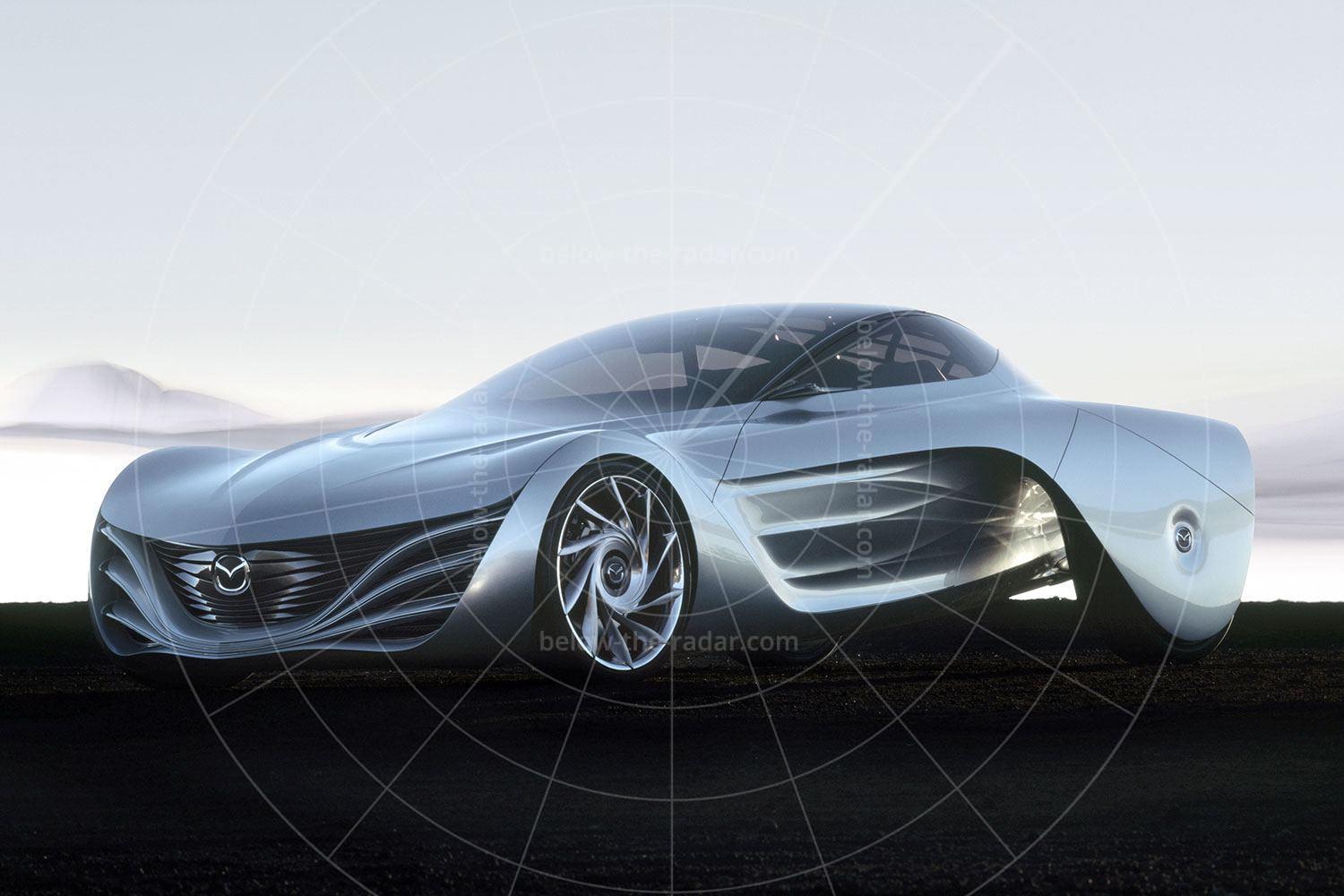Isuzu is one of Japan’s oldest car makers, with roots back to the dawn of the Japanese motor industry. Then known as the Tokyo Ishikawajima Shipbuilding and Engineering Co., the company transitioned from shipbuilding to car manufacture in 1918, building Wolseley cars under licence. Isuzu briefly merged with DAT to form Sumida, which produced Japanese military vehicles during World War II. After the war, DAT split off to become Nissan (Datsun), and Isuzu Motors was formed in 1949.
While Isuzu is now known largely for its diesel-powered pick-up trucks and SUVs, years ago it produced an array of cars including a Hillman Minx built under licence (1953-1964). The first Isuzu car designed entirely in-house was the Bellet of 1961, which was replaced by the Florian in 1967, which spawned a range of models including the sporty 117 Coupé.
The Isuzu Florian was developed as a three-model range made up of a saloon, estate and coupé. The project was codenamed Project 117 internally, and when all three cars were introduced in 1967 the saloon and estate were given the Florian name, but the coupé was introduced as the 117, although all three models were the same under the skin.
In a bid to broaden the new car's appeal, and because it lacked the capacity to do the work in-house, Isuzu approached Ghia to come up with a suitable design. As a result it was Giorgetto Giugiaro who was given the brief; he had just left Bertone and within little more than a year he would leave Ghia to set up his own styling studio, Italdesign, in February 1967.
Giugiaro joined Ghia in December 1965 and by early 1966 he had come up with his proposals for Isuzu's new coupé, which looked suspiciously like the Fiat Dino coupé of 1966, a car that was also designed by Giugiaro, during his time at Bertone. The 117 Coupé was unveiled in prototype form at the March 1966 Geneva Salon. Production began in December 1968, but with the cars pretty much hand made at this point, volumes were low and just 63 copies of the 117 Coupé were sold in 1968.
Initially there was just one engine available, a 1584cc twin-cam twin-carb four-cylinder unit that sent its 120bhp to the rear wheels via a four-speed manual gearbox. Suspension was via wishbones and coil springs/dampers up front, while at the rear there was a live axle on leaf springs with radius arms and telescopic dampers. Braking was by discs at the front and drums at the rear, and although cross-ply tyres were standard fare at first, it didn't take long for radials to take over, while buyers could choose between 3.73:1 or 4.1:1 diff ratios.
The 117 Coupé wasn't exported to Europe, but at the start of 1971, UK car magazine Autocar tried one out in Japan, reporting that:
In ride and handling the 117 feels very like the original Fiat 124 coupé, with consistent understeer right up to quite extraordinarily high cornering speeds. Instead of this characteristic continuing right up to the limit though, poor axle location on the 117 caused the rear wheels to patter badly and send the tail flicking out if the road was anything other than dead smooth. Ride was similarly very good on smooth roads, but the shortage of rear suspension travel became very obvious on rough or bumpy surfaces.
In Japan the Isuzu is expensive for a domestic model, costing slightly more than the imported Fiat 124 coupé. The investment involved in going to Italy for the body will obviously take a while to pay off. In results though it seems well worth the money and will soon, if it has not already done so, stimulate some very attractive all-Japanese competitors.
Production of the 117 Coupé ticked over until 1971, with no more than 50 examples leaving the factory each month because of the laborious build process that involved much hand finishing. But not long after Autocar tried out a 117 Coupé, General Motors bought a 34% stake in Isuzu and production was boosted to around 1000 cars per month by spring 1973. As a result, 9506 cars were sold in 1974 compared with just 965 the previous year. At the same time (March 1973) the engine was enlarged and the range expanded. Buyers could now choose between four different models, all with an 1817cc four-cylinder engine: the single overhead-cam HP-XT, the single overhead-cam SC, the 125bhp twin-carb XG and the twin-cam XE which also featured fuel injection.
Over the next few years the 117 continued to sell reasonably well, albeit in Isuzu's home market only, aside from a few cars shipped to Australia. As the seventies progressed the 117 Coupé's originally delicate shape became ever less graceful, with black plastic bumpers replacing the slim chrome items originally fitted, while the four round headlights were swapped for less appealing square items as part of a wider-ranging facelift in November 1977. In May 1976 the four-speed manual gearbox had been upgraded to a five-speeder, then in 1978 a bigger (1949cc) engine arrived.
Up to this point everything that Isuzu did was predictable and conventional, but in 1979 a decision was made that was irrational at best: a diesel engine was introduced. The 1949cc petrol unit was still offered alongside, but the 2238cc GM-sourced oil burner was a bizarre departure which made the Isuzu the world's first sporting coupé to be offered with a diesel engine. Not that the 117 Coupé was remotely sporting in diesel form; with just 72bhp on tap the top speed was brought down to just 81mph.
In 1981 time was called on the 117 Coupé, with the Piazza then taking over – another car designed by Giorgetto Giugiaro. After 13 years of production the total number of 117 Coupés made was well under 100,000, but considering how few were sold in the early years that was still a healthy figure all told.
| Vital statistics | |
|---|---|
| Produced | 1968-1981, Japan |
| Number built | 89,000 approx |
| Engine | Front-mounted, 1584cc/1817cc/1949cc, 4-cylinder |
| Transmission | 4/5-speed manual, rear-wheel drive |
| Power | 140bhp at 6800rpm (1.8i) |
| Torque | 135lb ft at 5000rpm (1.8i) |
| Top speed | 120mph (1.8i) |
| 0-60mph | 9.5 seconds (1.8i) |
| Price | 2,022,000 yen (1978) |
- The Isuzu 117 Coupé pictured was sold by Hyman Ltd, to whom many thanks are due for the use of these images to illustrate this article.

